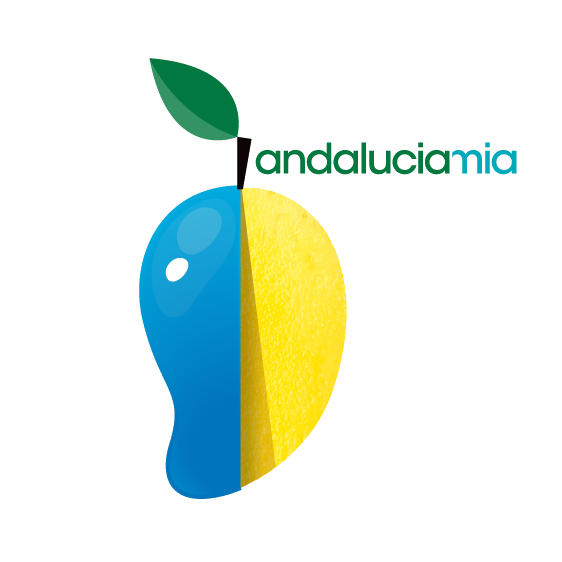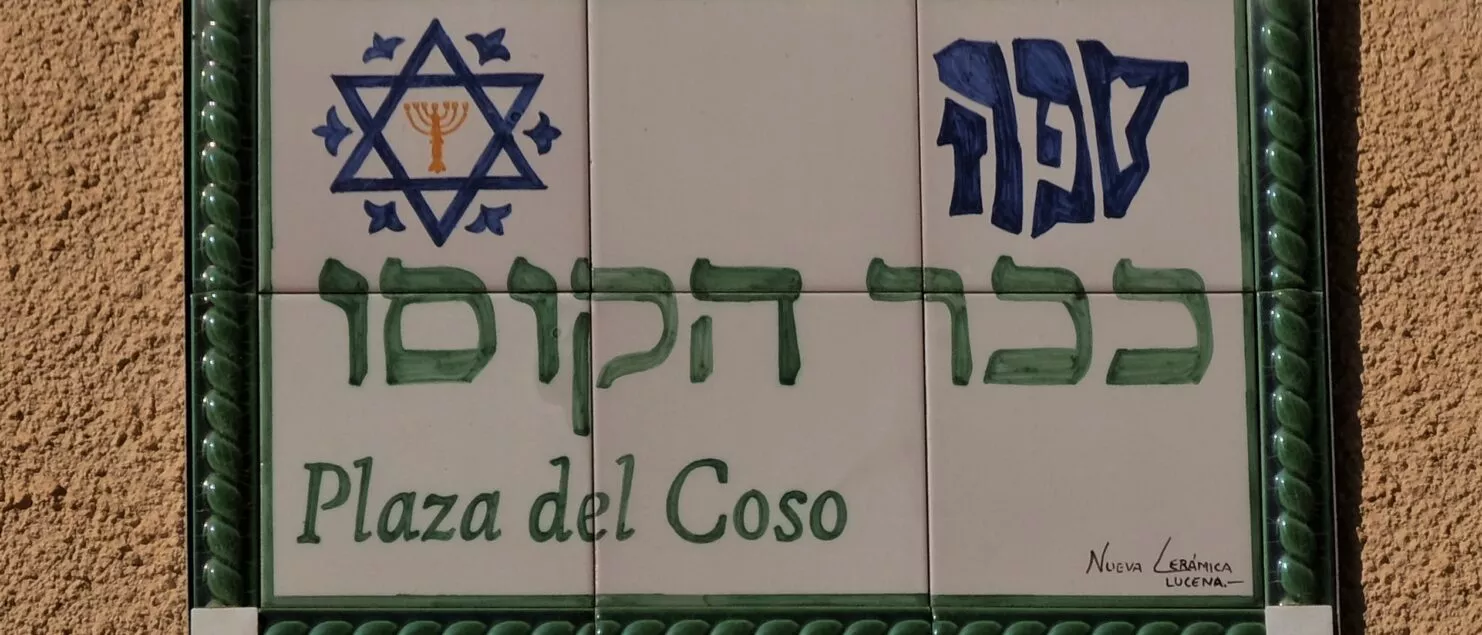Lucena what to see in the Sephardic pearl of Andalucia
Lucena, near Cordoba, is known as the Pearl of Sepharad in Andalucia.
In this article you will find the essential information to see and visit Lucena, a city with an incredible past to discover.
The presentation of Lucena is quite developed, but it allows you to realize that this city is absolutely unique before visiting it.
- A few words about Lucena and its origins
- Where is Lucena?
- What can you see in Lucena?
- Finding the Sephardic soul in the town
- What to do in Lucena and Cordoba
- Lucena Fairs
- Booking accommodation in Lucena
- Some useful links (car hire, other ideas for visits)
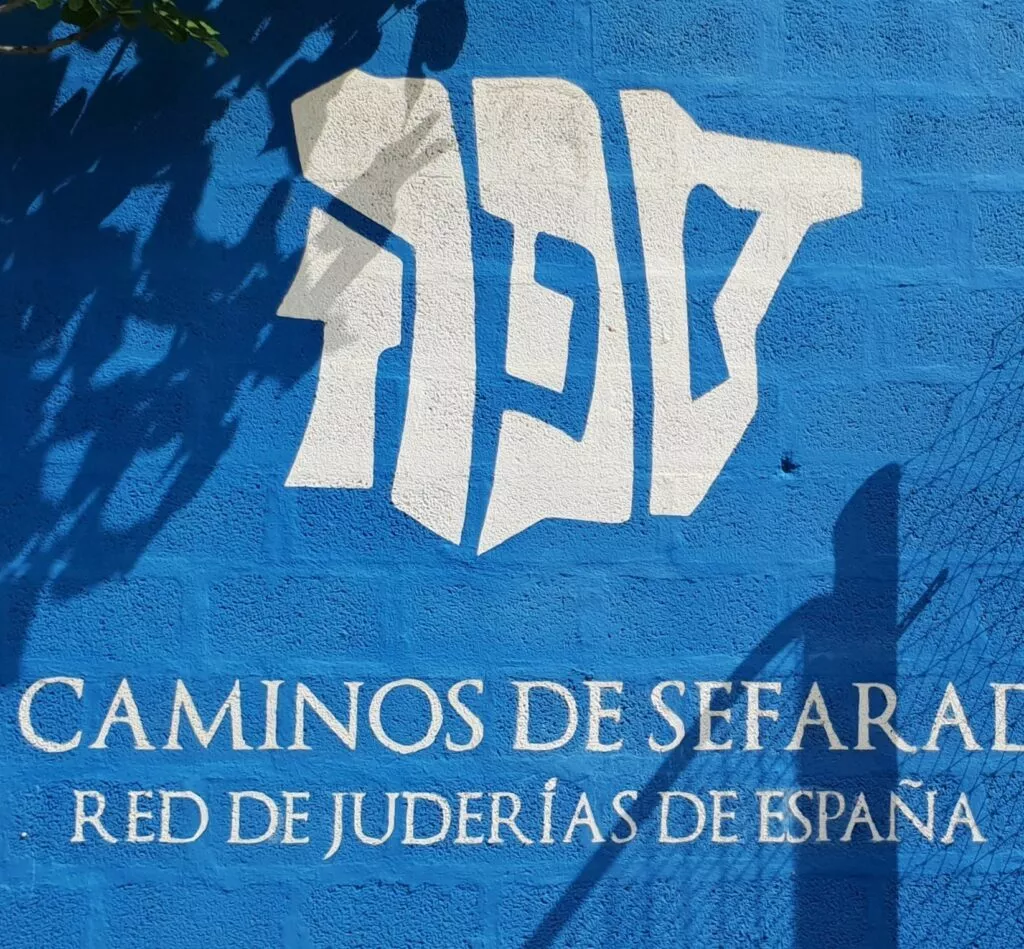
A few words about Lucena and its origins
The evolution of the town’s name perfectly illustrates the historical past of this incredible city. The name comes from the Hebrew Eli ossana, אלי הושענא, which means “God keeps us”, or Eliossana. This was the name by which the Jews called it. With the Muslim occupation the city would take the name اليشانة, Al-Yussana.
After the conquest by the Catholic kings, in 1240, the name would be Spanishised and become its current name, Lucena.
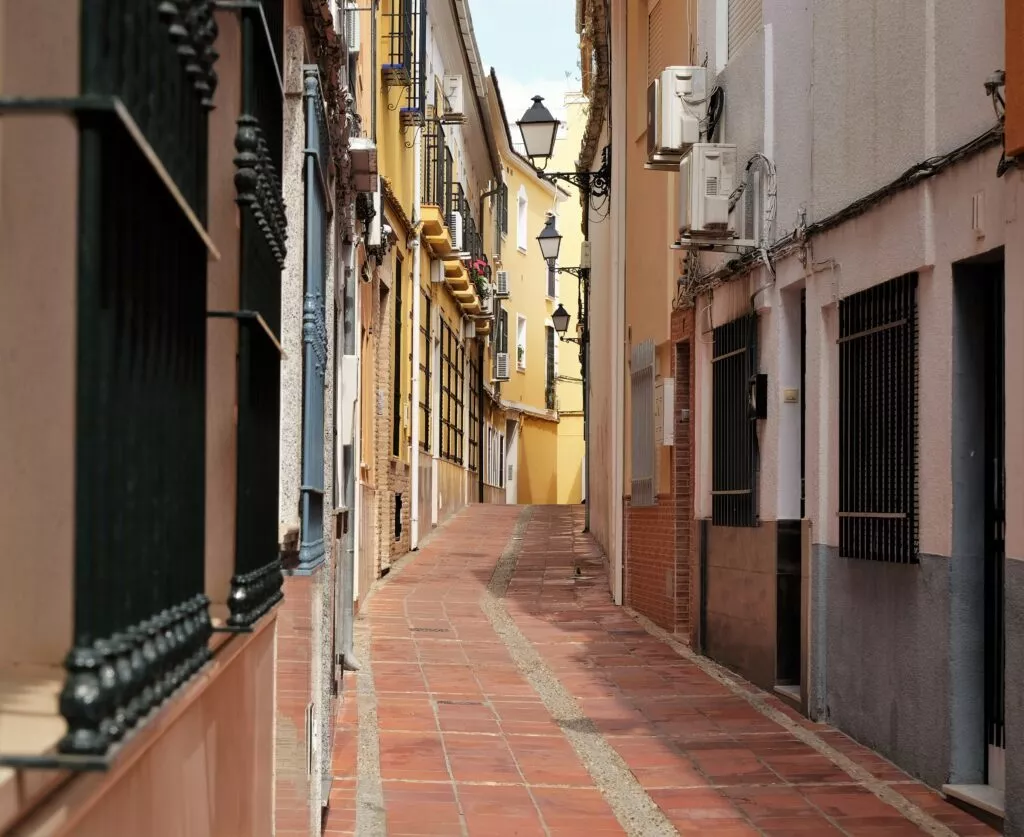
What makes this city unique is that, unlike other cities, the Jews did not occupy a district of the city, but the whole city. The town had a wall to protect it from attacks (by Mozarabic Christians), with a castle of Jewish origin at its centre (see photo below). And that’s another of its unique features.
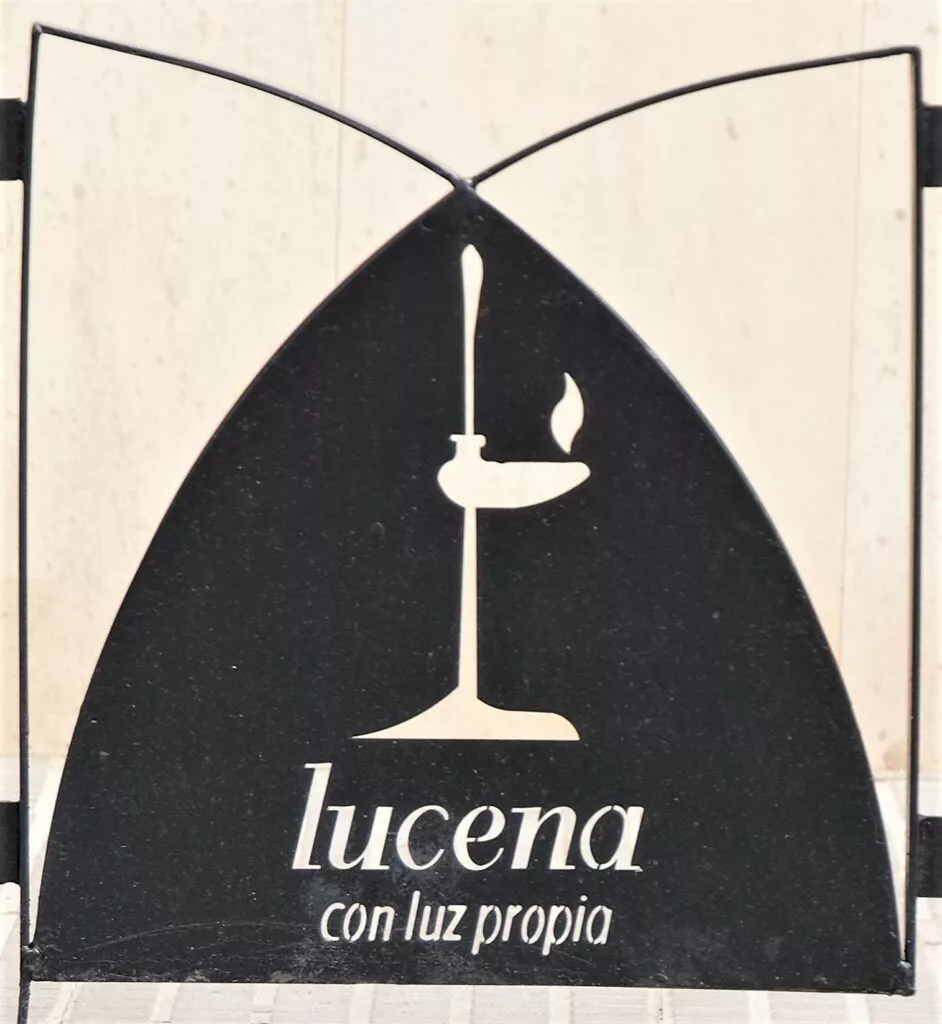
This city, right in the centre of Andalucia, strangely enough (and this is the only case to my knowledge) lived as if it were a small autonomous state from the 9th to the 12th century, during the period of the Caliphate of Cordoba and the first Taifa period, until the conquest of Al-Andalus by the Almoravids. The situation then deteriorated, as it did during the Almohad dynasty.
Lucena and the Talmud
Lucena, which is famous for its yeshiva, was the host town for Jews from the Cordoba juderia (including Maimonides for a short period) and from Granada, who fled the ‘troubles’ in those cities at various times. At that time, Lucena was the town with the largest number of Jews in Spain. The centre for Talmudic studies in Lucena acquired a very high reputation, and many Jewish scholars (Joseph ibn Migash, Judah Halevi, etc.) passed through the centre.
Note: It was Isaac Al-Fasi, a Moroccan who had spent most of his life in Morocco, who went into exile in Andalucia in 1088 and founded this centre for Talmudic studies a year later in Lucena.
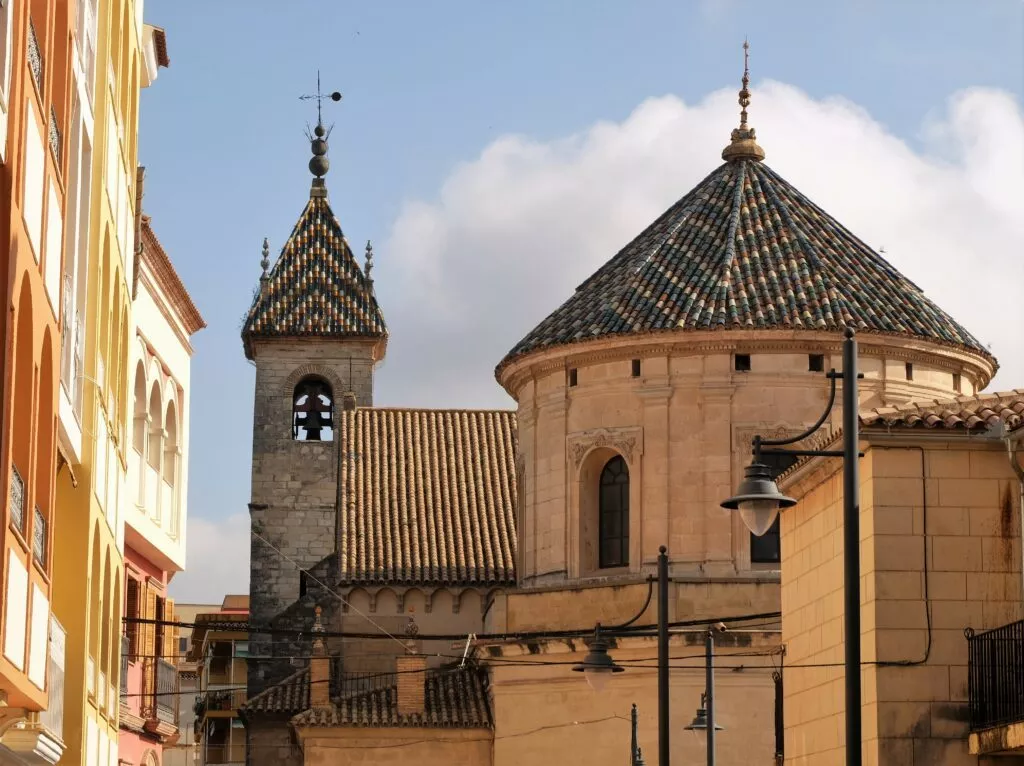
During the Almohad period in Al-Andalus, almost all the Jews left Lucena for Navarre province or Toledo. The Almohads eventually razed the city to the ground when the Jews refused to convert to Islam.
Toledo became home to the Lucena yeshiva, which was responsible for the creation of the School of Translators. Toledo is also known as a city of three cultures.
Lucena and crafts
Lucena is historically renowned for its crafts, particularly pottery (alfarería). Various elements can be seen on the roofs as a reminder of this:
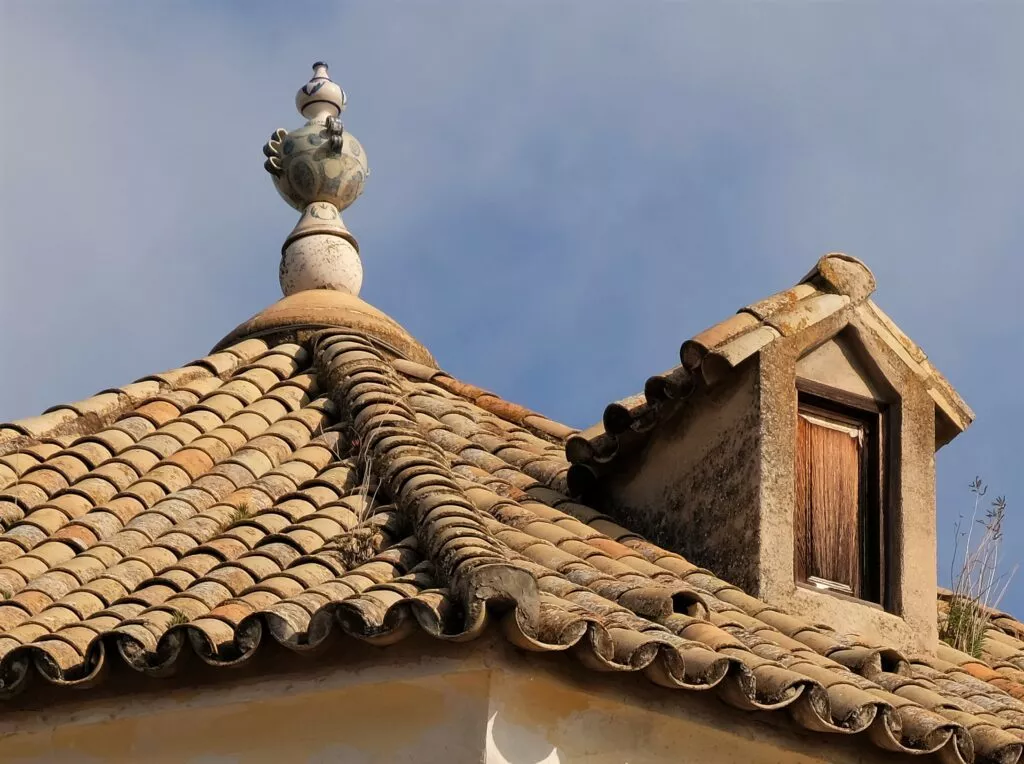
However, craftsmen also continue to make bronze menorah and terracotta hannukkah.
One last special feature:
Lucena is on the Santiago de Compostela pilgrimage route, which starts in Malaga. This is a Mozarabic route from the time of Al-Andalus. The Christians of that period, the Mozarabs, passed through Lucena on their pilgrimage to Santiago de Compostela.
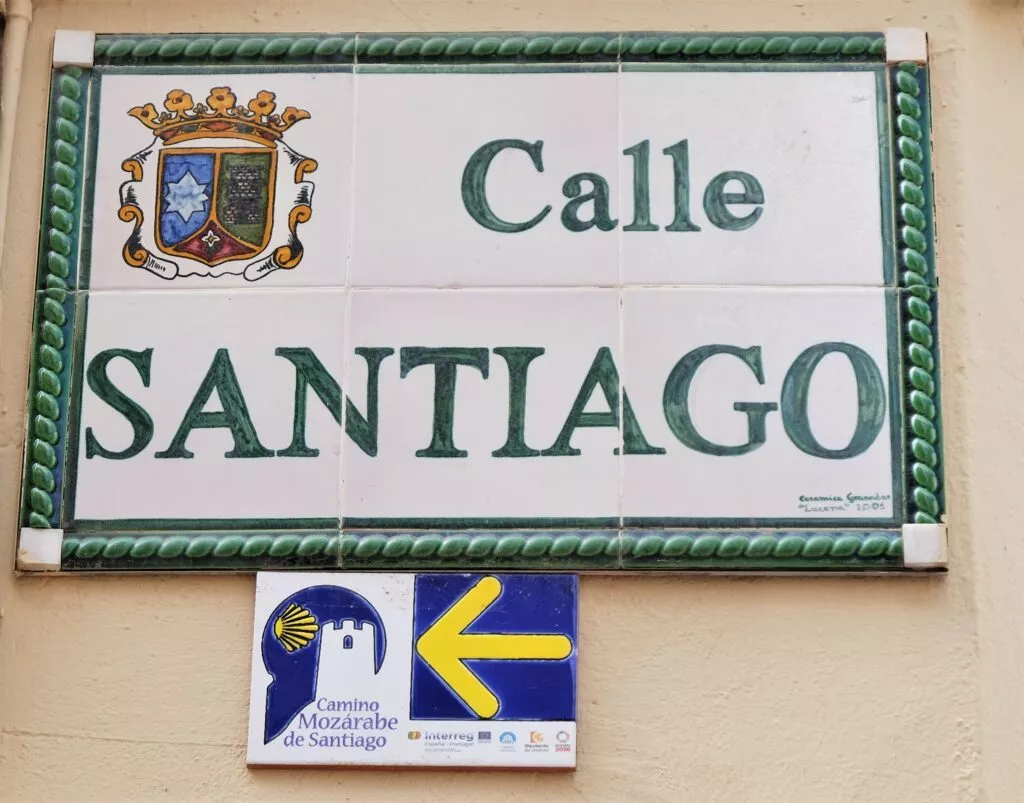
Lucena is the second most populous city in the province of Cordoba.
Where is Lucena?
Lucena is in the province of Cordoba.
What can you visit and see in Lucena?
- Moral Castle
- San Mateo Church
- The Sagrario Chapel
- Read the 10 commandments
- The House of the Mora
- A little reading in Ladino language!
- Stately homes in the city
- San Juan de Dios Church
- The Jewish necropolis of Lucena
- 9 other monuments to see in Lucena
- Restaurant “Tres culturas”
- The Confitería Cañadas pastry
- The Bereshit Lucena hair salon
- local customs: “hacer el sabado”
- Listen to the ElíHossana choir
Moral Castle
The oldest structures in this castle date from the 11th and 12th centuries, when Eliossana was at its height.
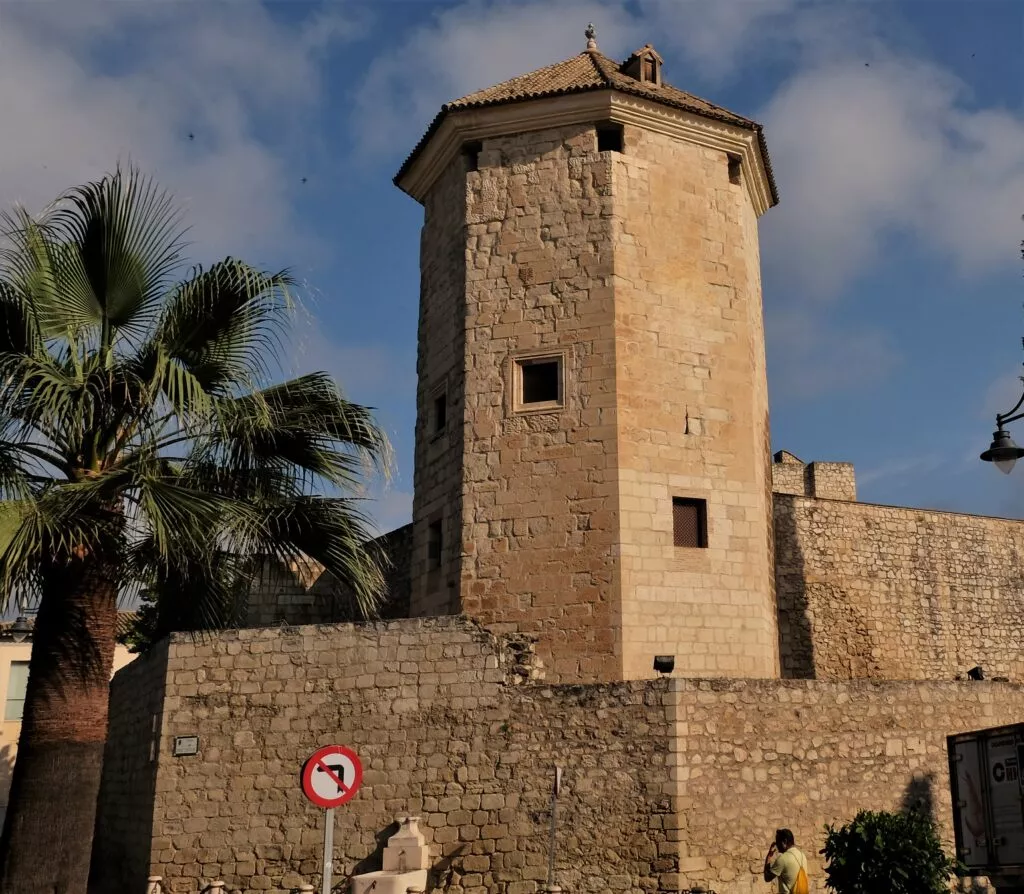
Three centuries after the departure of the Jews to more northerly parts of Spain, this castle took on a new historical significance in 1483, when at the Battle of Lucena, Boabdil, the last king of the kingdom of Granada, was taken prisoner by the Catholic kings. He was locked up in the Homenaje tower, below:
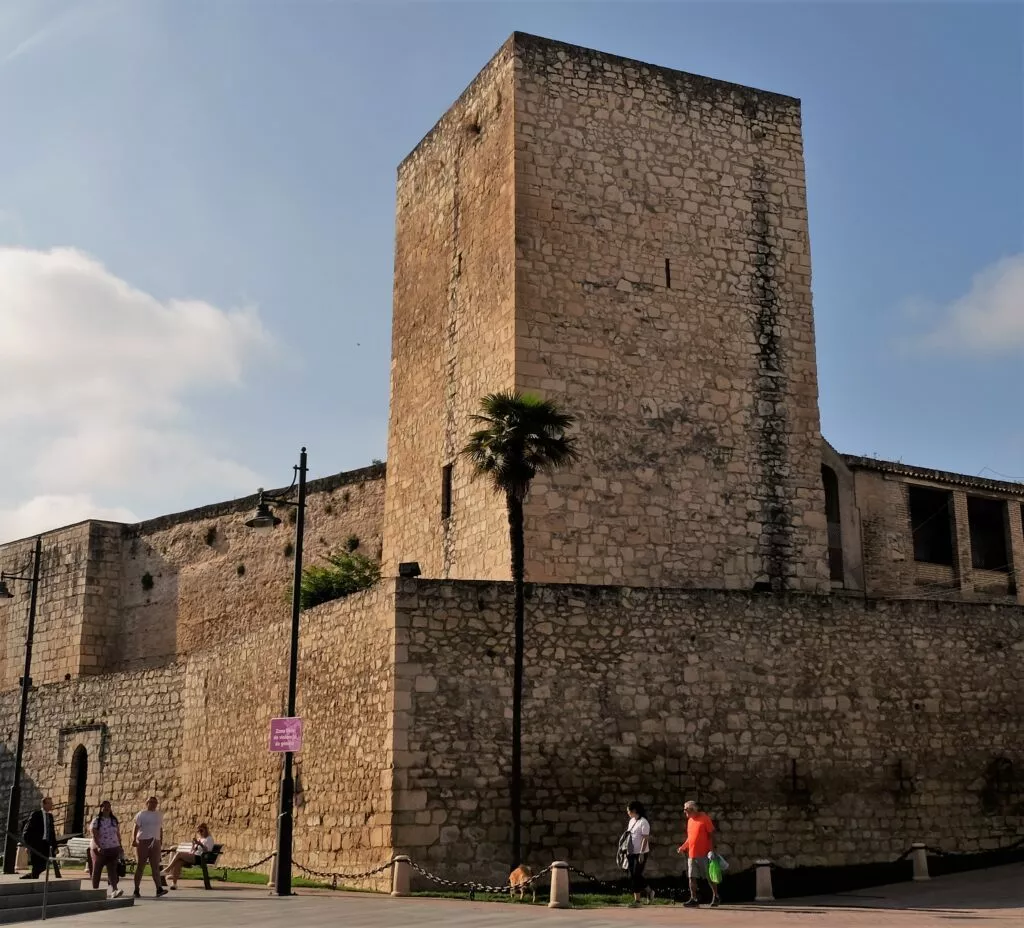
The agreement signed by Boabdil to regain his freedom and his throne in Granada would come at the price of many sacrifices that would seal the fate of the kingdom of Granada (a personal opinion). The Catholic kings took Granada 9 years later, in 1492.
This castle would later become a palace, which would be awarded to the Marquis of Comares, among others. It was also occupied by the Medinacelli family.
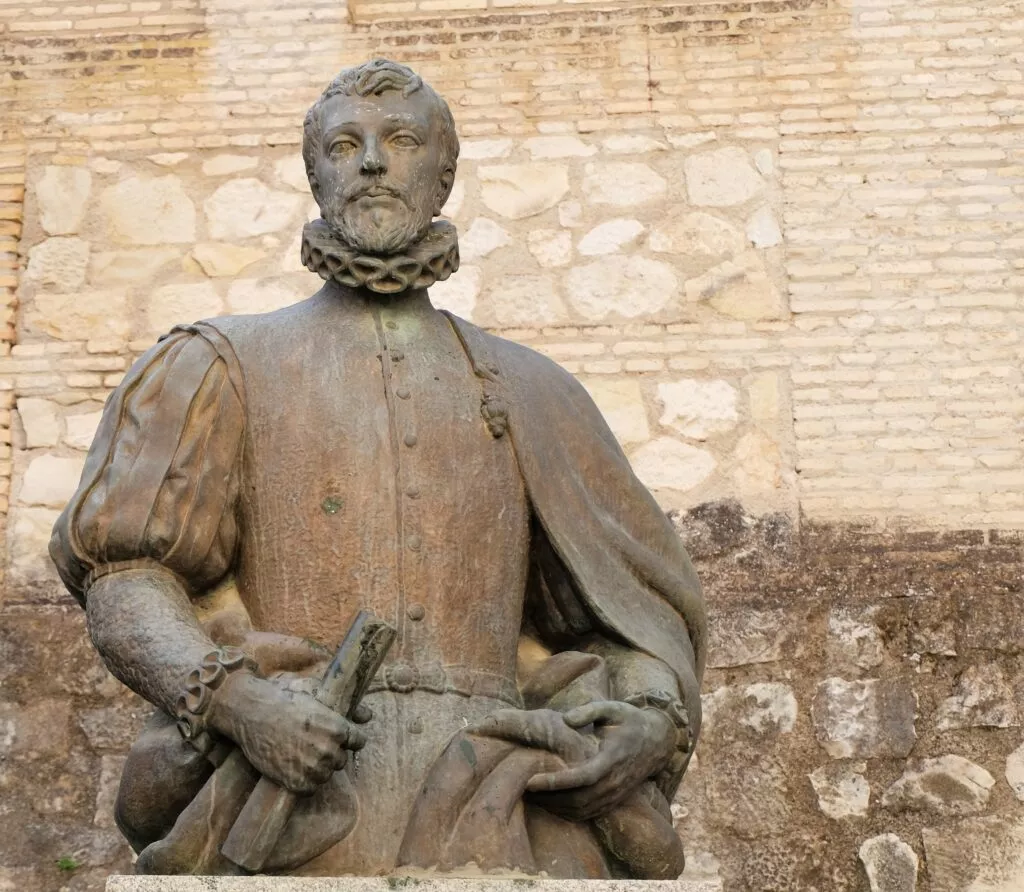
San Mateo church a must-see in Lucena
This edifice is unusual in that it is a former synagogue, which was converted into a mosque by the Almohads and then into a church dedicated to the cult of Saint Matthew. It was around this building that the medina was located, inhabited exclusively by Jews. Although the walls have been removed, the layout of the streets is still in keeping with the structure of the period.
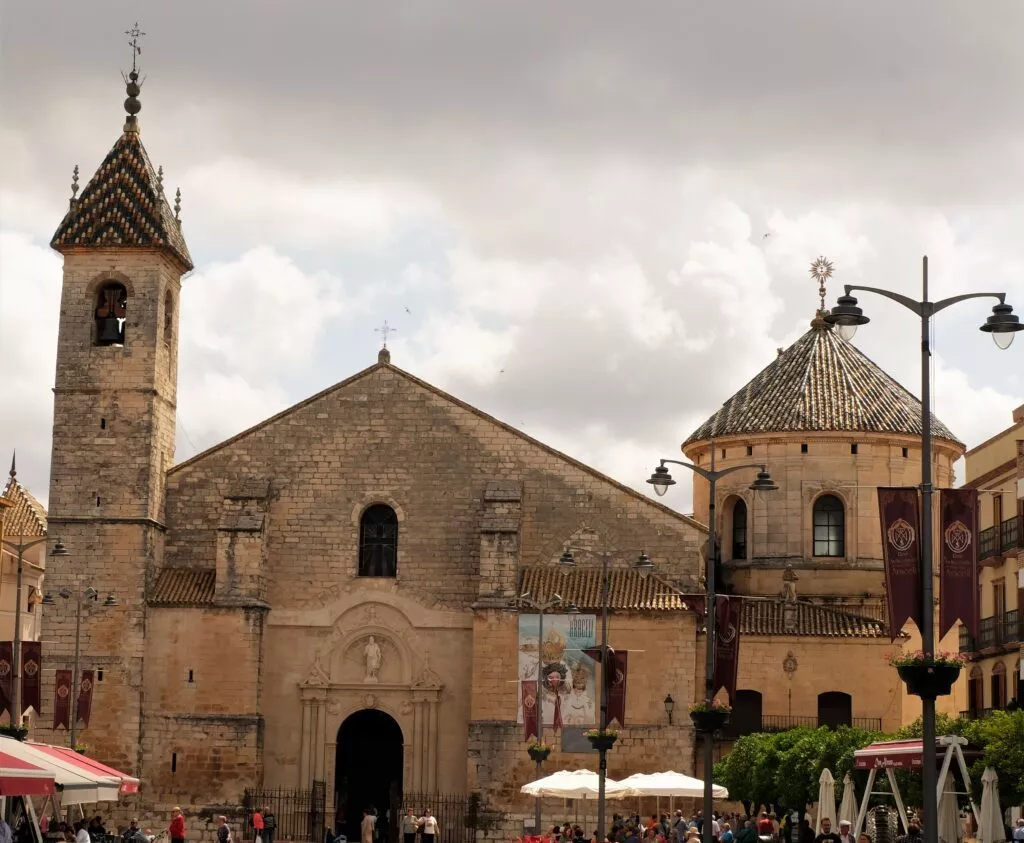
In the church, there are a few elements of great beauty: the altarpiece and the magnificent Baroque-style tabernacle (reputed to be one of the most beautiful in Andalucia). Between the altarpiece and the tabernacle is the Santissima Virgen de Araceli. She is the most venerated Virgin in the city.
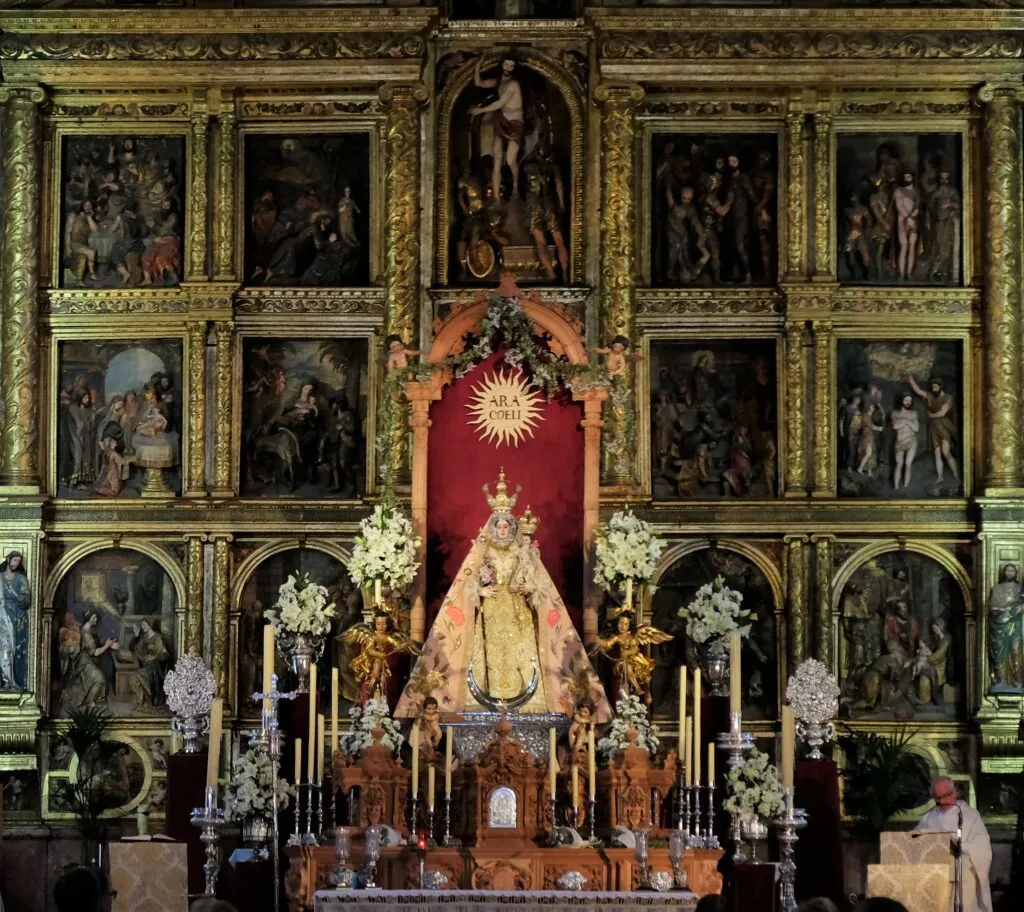
The Sagrario Chapel
This chapel, located just to the right of the entrance to the church, is without doubt the most decorated chapel I know of to date.
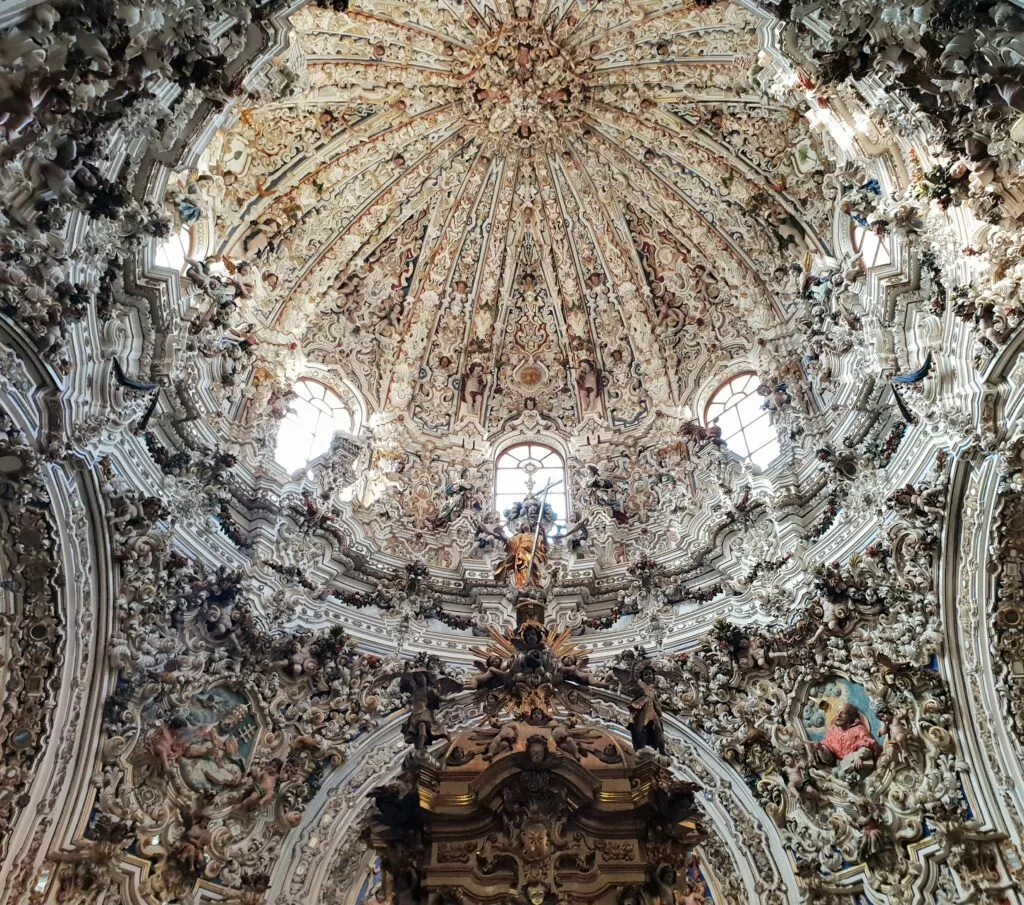
This chapel is considered one of the masterpieces of Andalusian Baroque. In the centre, you can also admire the superb baldachin of the Immaculate Conception :
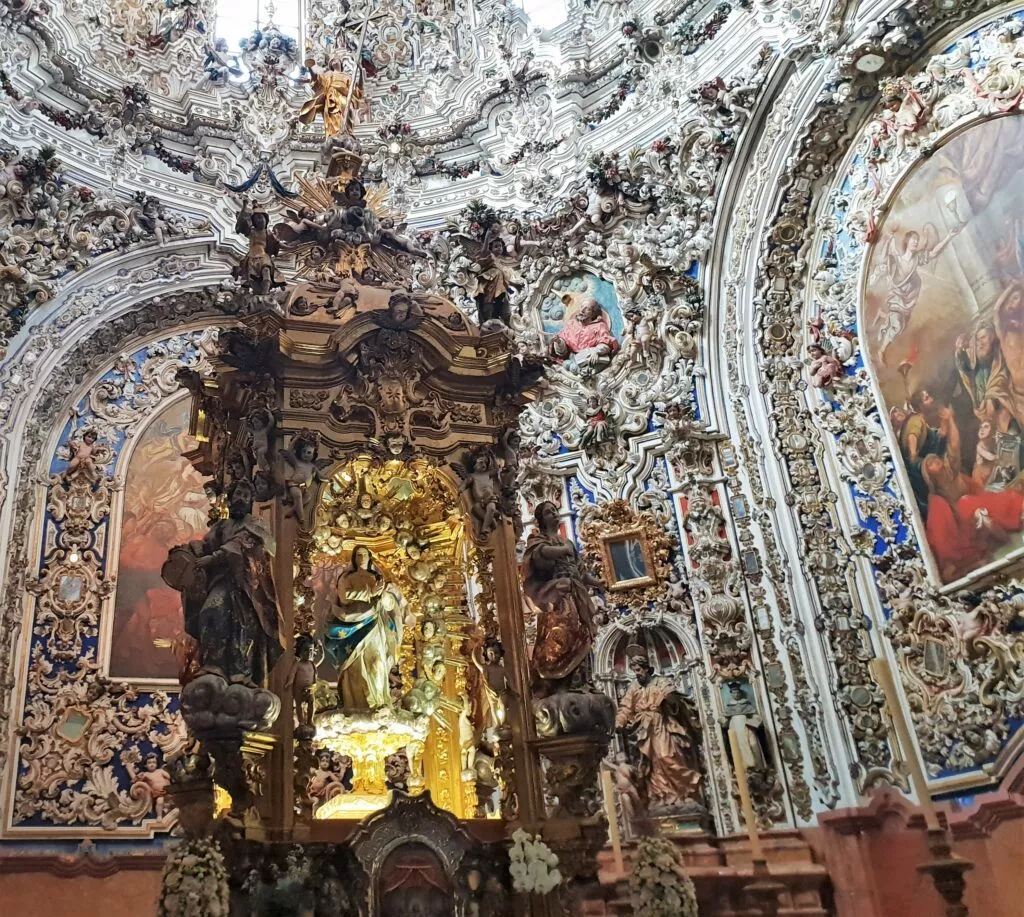
And right next to the church you can read the table of the 10 commandments on a wall.
The Casa de los Mora
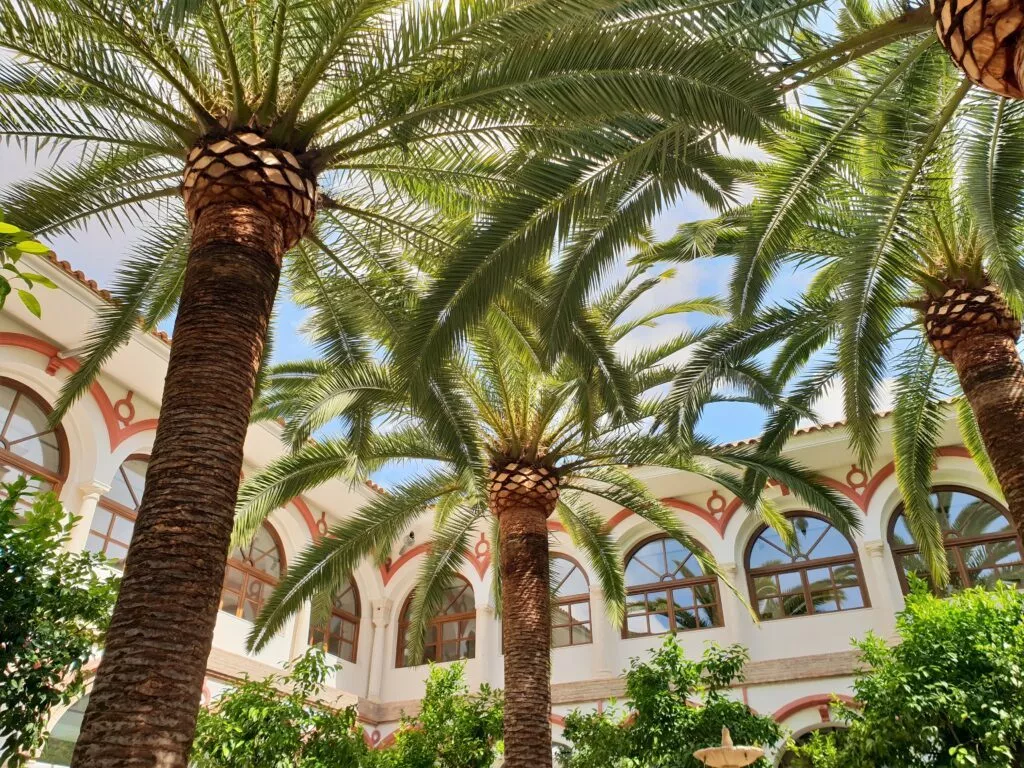
This is a building with a beautiful courtyard. At the entrance you can see several posters written in Ladino (the language of the Jews in Spain at the time), and there are exhibitions on display for visitors:
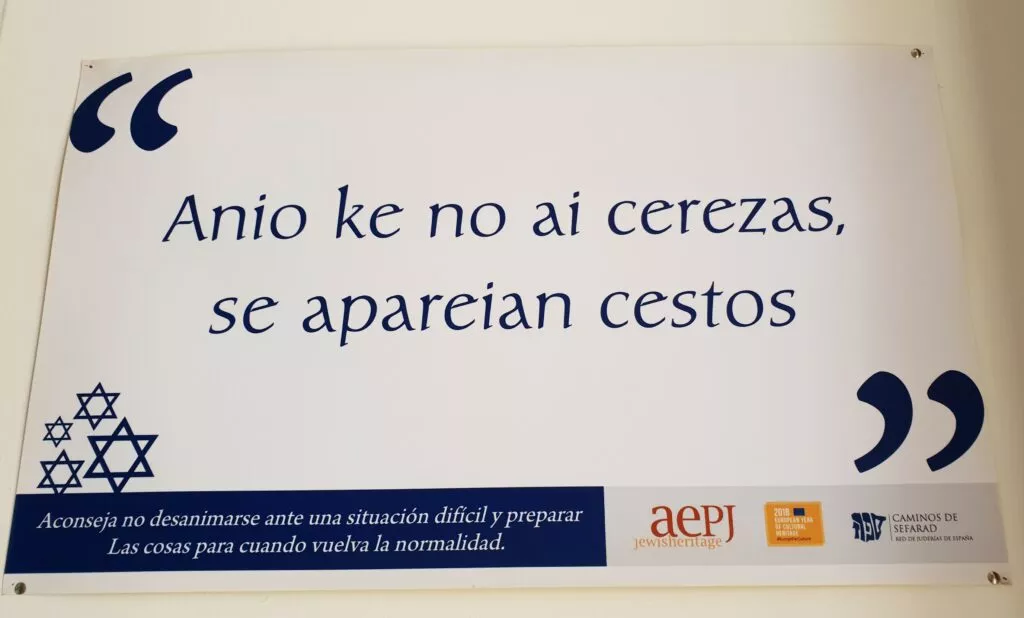
See the stately homes in the town
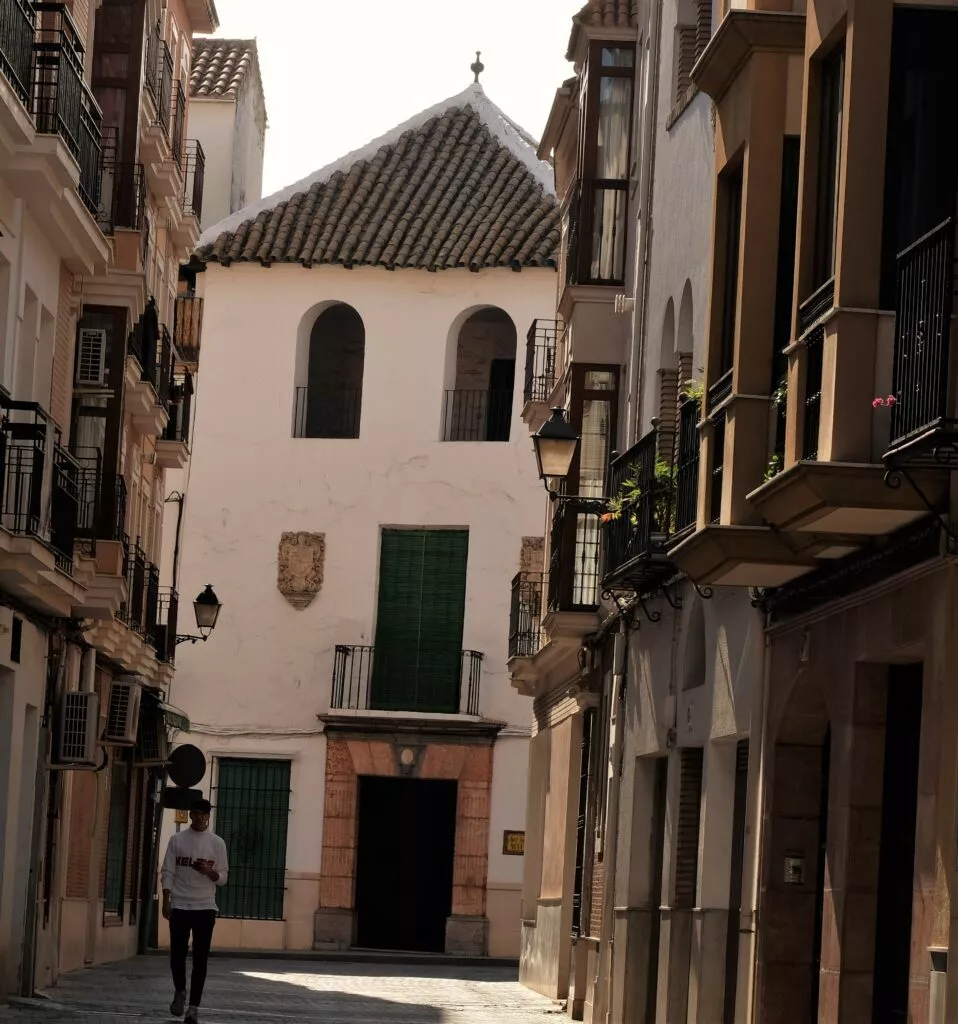
And inside:
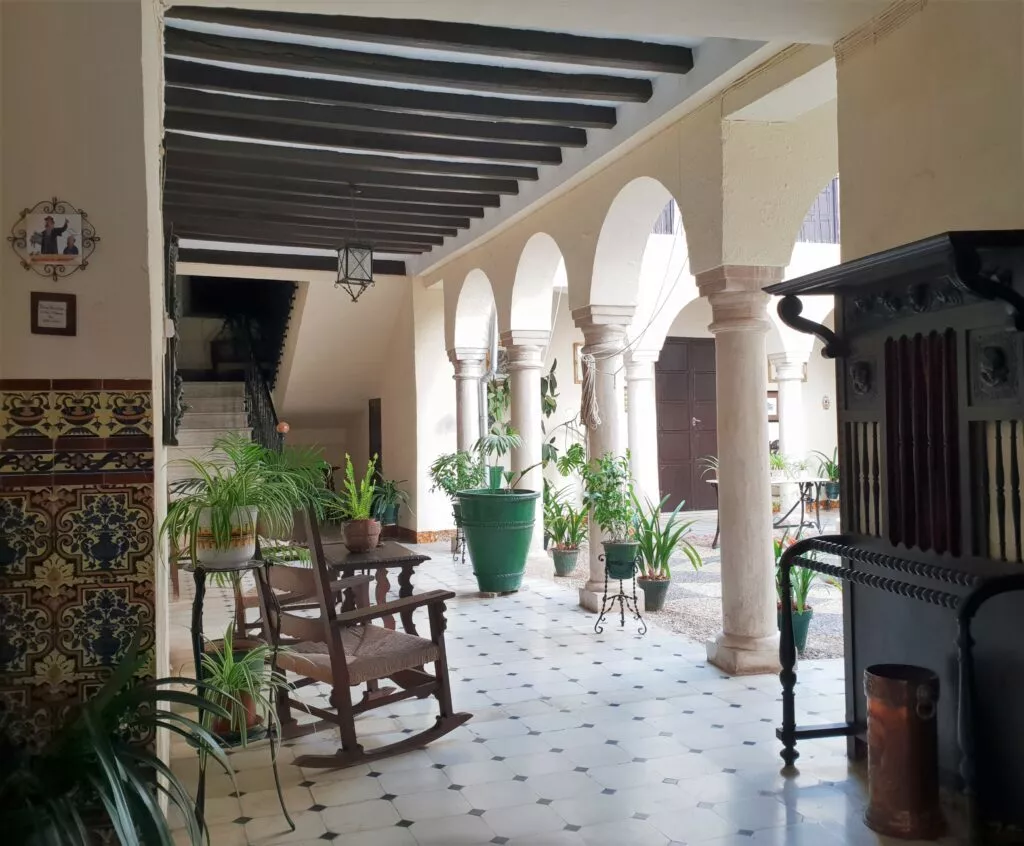
As with all the town’s monuments, the information board is available in three languages:
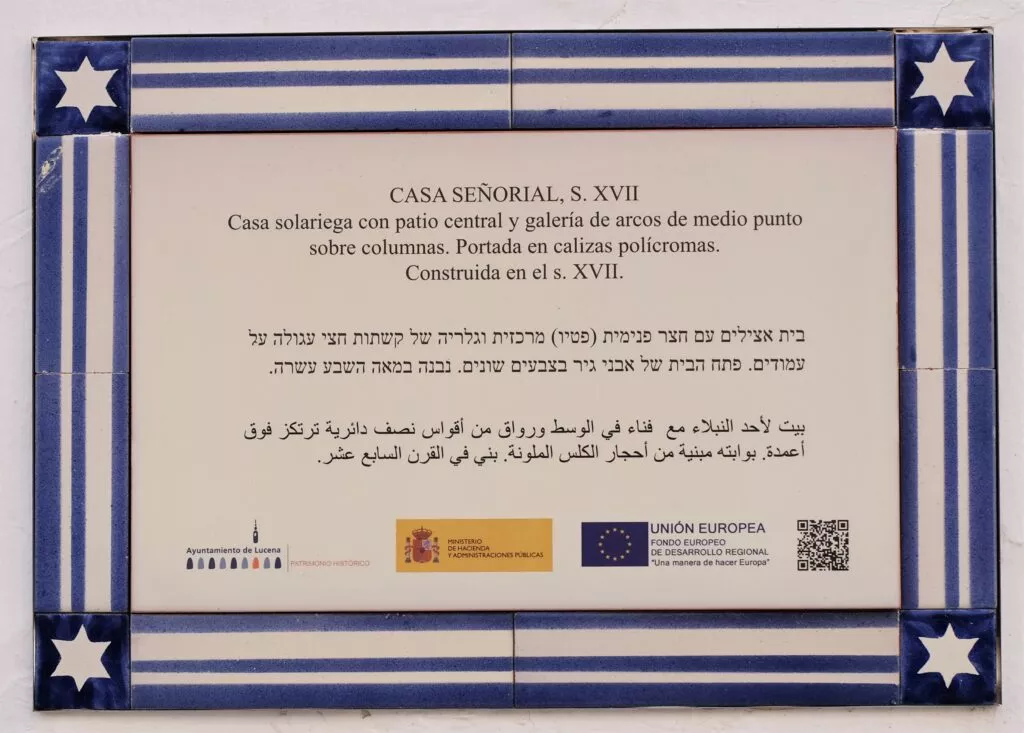
The church of San Juan de Dios
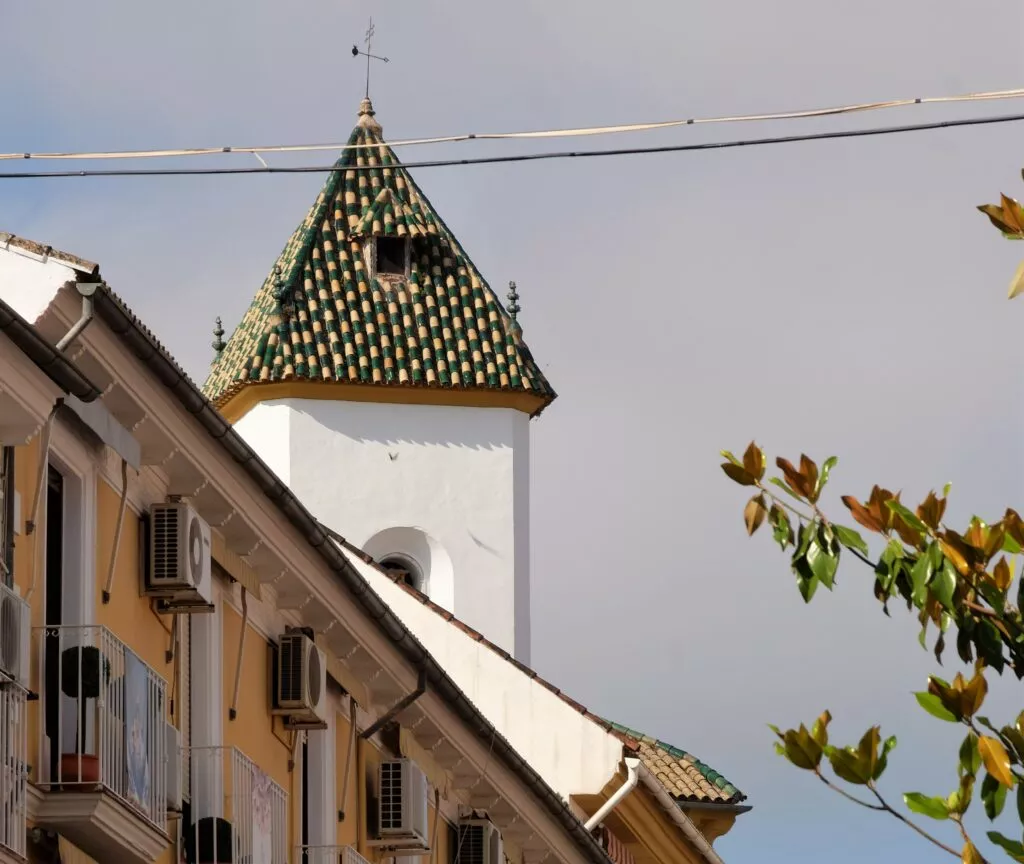
You should also see the richly decorated façade of this church:
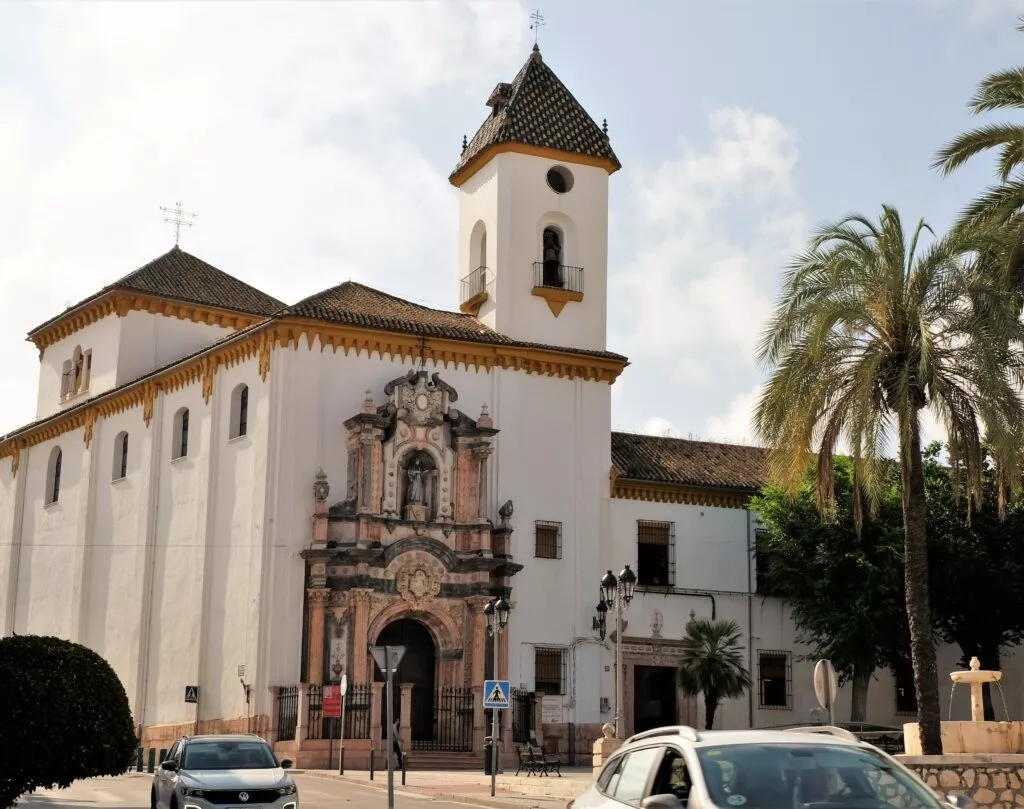
Lucena Jewish necropolis
This necropolis was discovered only recently, in 2006, when work began to build a bypass at the entrance to the town!
It was here that the tombstone of Rabbi Lactosus, a giant (for the time) of 2.13 metres, was discovered. His tombstone can be seen on display in the archaeological museum of the Castell del Moral.
This is the largest Jewish necropolis in Spain and the only one that can be visited. You can find the opening times below:
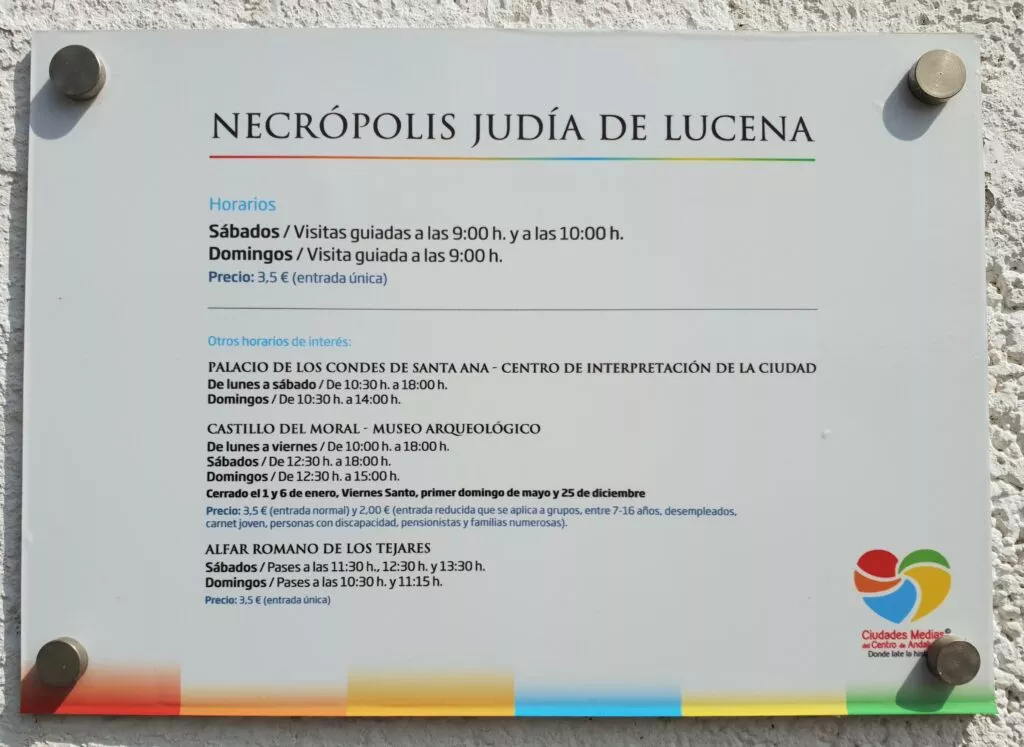
Studies of the necropolis indicate that it dates from between 1000 and 1050 AD. It is this period that has earned Lucena the nickname of the Pearl of Sepharad.
Other monuments to see in Lucena :
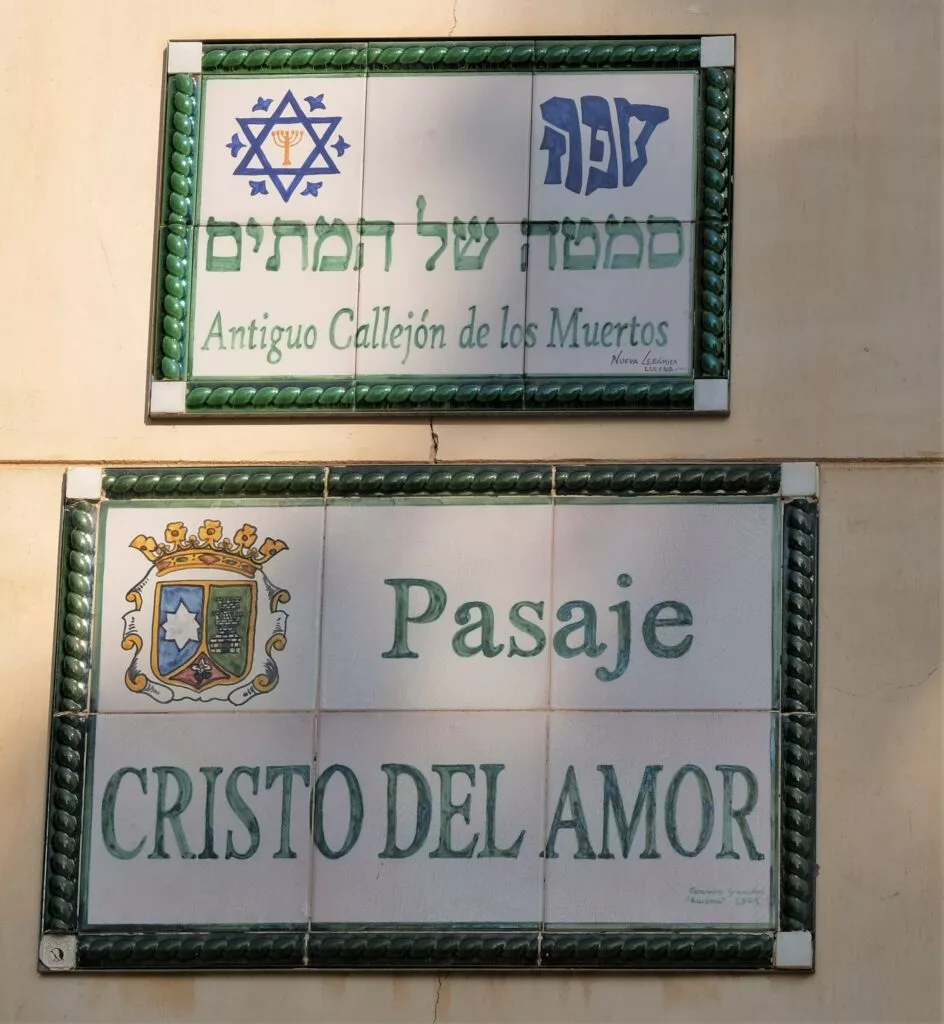
- The palace of the Counts of Santa Ana. Built between 1730 and 1750 by the Mora-Saavedra family.
- The church of Saint Martin
- The Virgen de Araceli house museum
- Palace of the Marquis of Campo de Aras
- Real Santuario de Nuestra Señora de Araceli, 6km away, with magnificent views over 5 provinces of Andalucia. The provinces of Cordoba, Málaga, Granada, Jaen and Seville.
- The Parroquia del Carmen
- The Parish Church of Santiago (also thought to be an old synagogue). Next to it is a bust of Joseph ibn Migash (1077- 1141), rabbi, philosopher and head of the yeshiva.
- The Palacio de los Condes de Hust
- Casa de los Ricos de Rueda
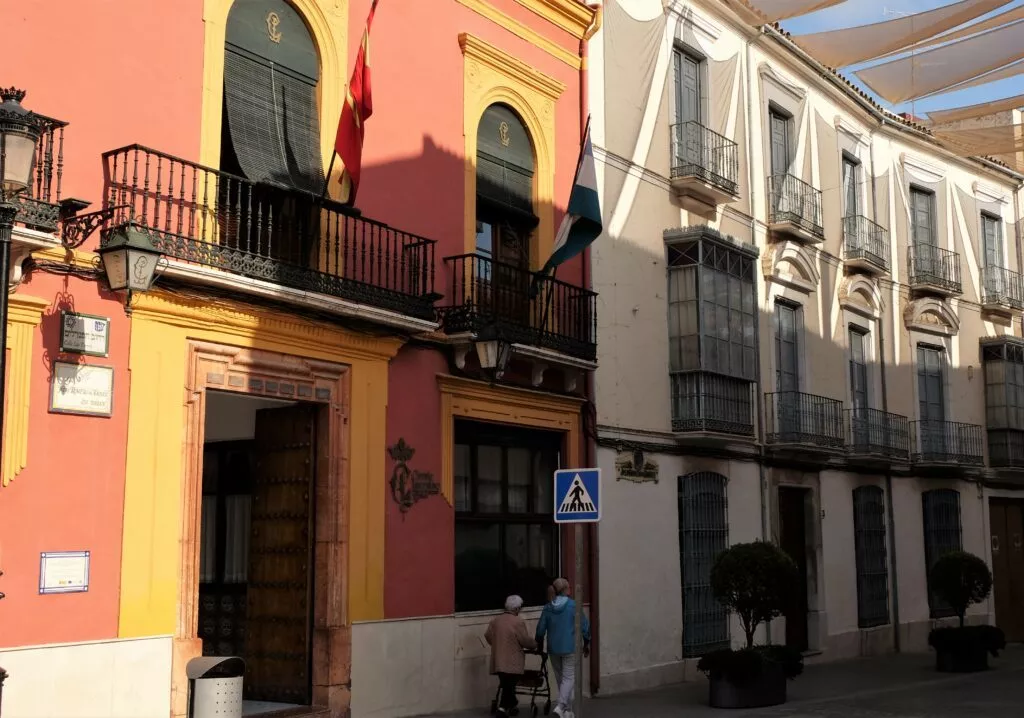
Finding the Sephardic soul in the city
The Sephardic soul of Lucena can be found in many aspects of daily life. You’ll find some photos of the city between each theme.
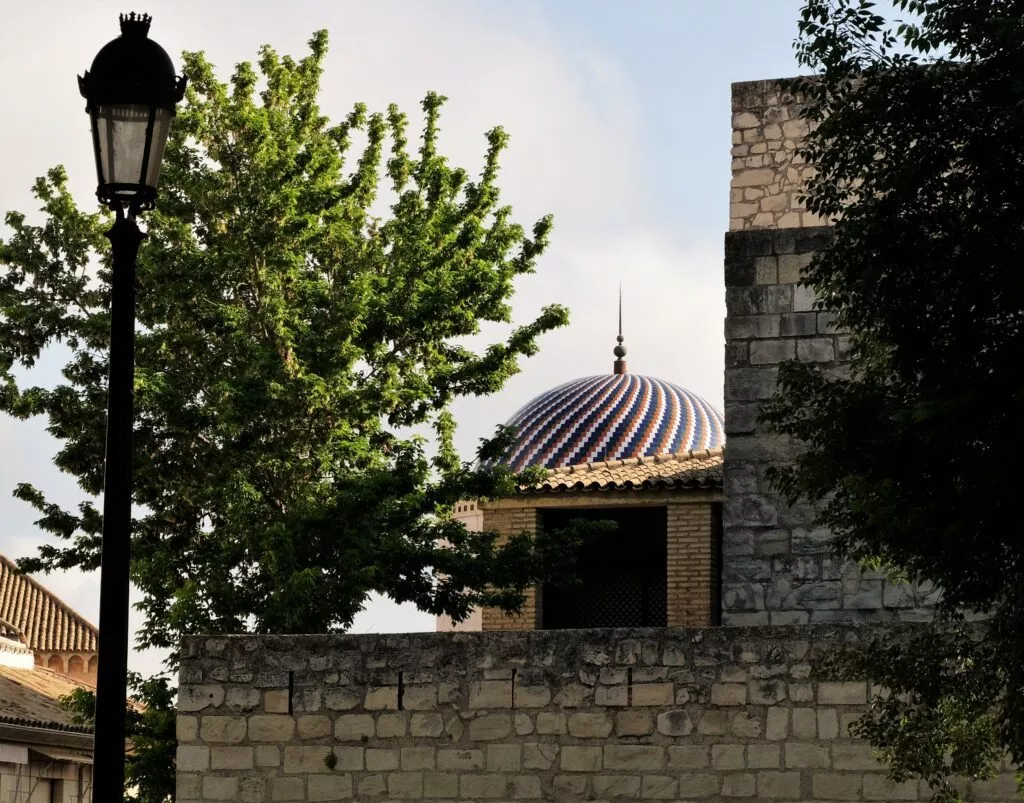
At the “Tres Culturas” restaurant in Calle Herrerías, 2:
The menu often features dishes based on walnuts, honey and aubergines, in classics such as bolos lucentinos or roña de habicholones.
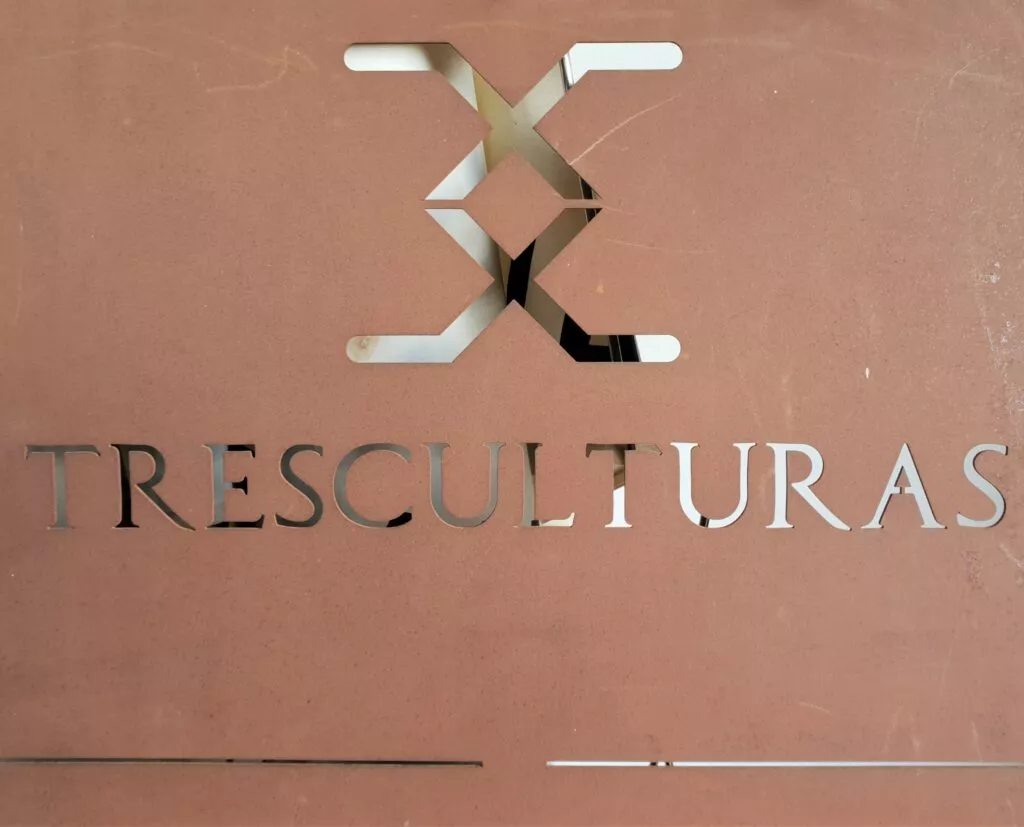
Here’s a link to the Tres culturas de Lucena restaurant, to find out what’s currently on the menu.
To accompany the meal, and to discover the wine produced in Lucena (which has a very good reputation), you should try the DO Montilla-Moriles wines.
You just have to wish….in ladino language : Kome kon gana!
Confitería Cañadas pastry shop
It is located in Calle El Peso, 11, and features a number traditional purim sweets such as “Orejas de Amman,Sepharad’s stars, and rosy biscuits.
In the Bereshit Lucena hairdressing salon (Peluqueria Shekinah y Bereshit)
Francisco Carrasco runs a hairdressing salon, but he is also president of the Lucena Bet Alfasi association. The hairdressing salon is in Calle Feria 1. It could almost serve as a small museum.
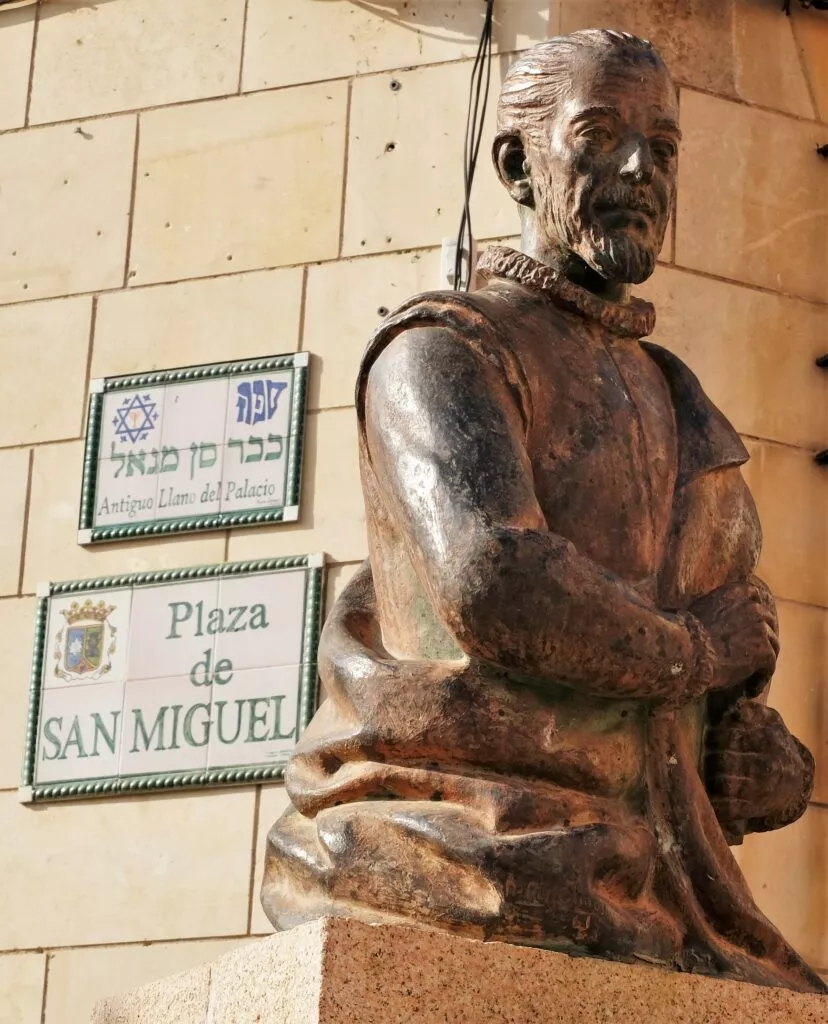
Local customs :
The heritage of the Sephardim can also be found in two popular customs:
- « hacer el sabado », a general cleaning of the house on Saturdays.
- whitewashing the façades of houses a few days before Holy Week, probably in connection with the traditional cleaning preparations for Pesach.
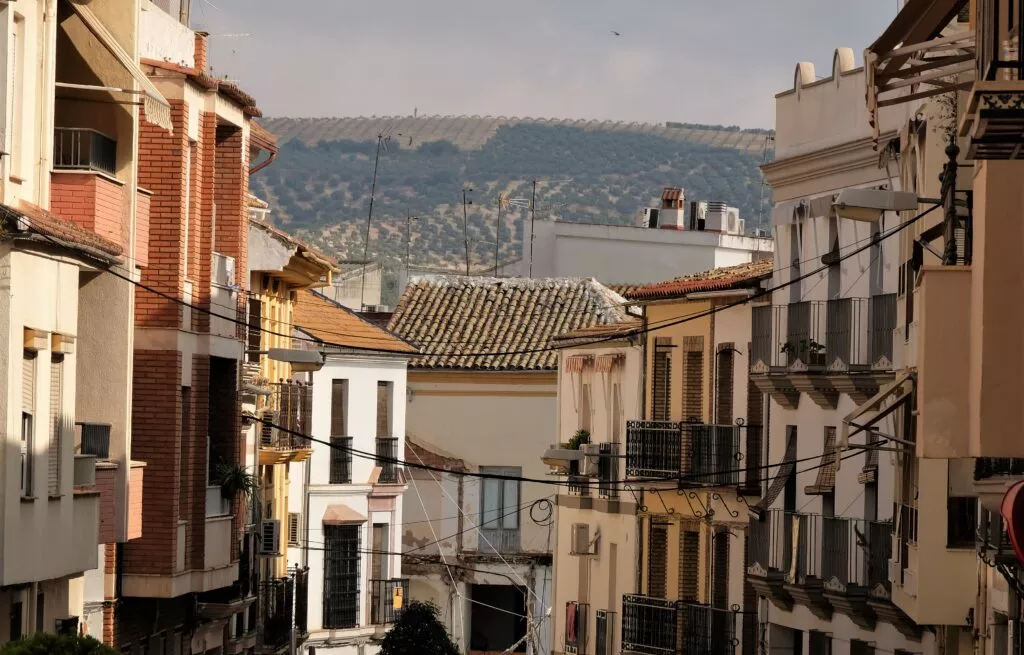
During the Festival of Lights
For some years now, the city has been dedicating a day to Hanukkah during the Feria de las Luces, at the beginning of December.
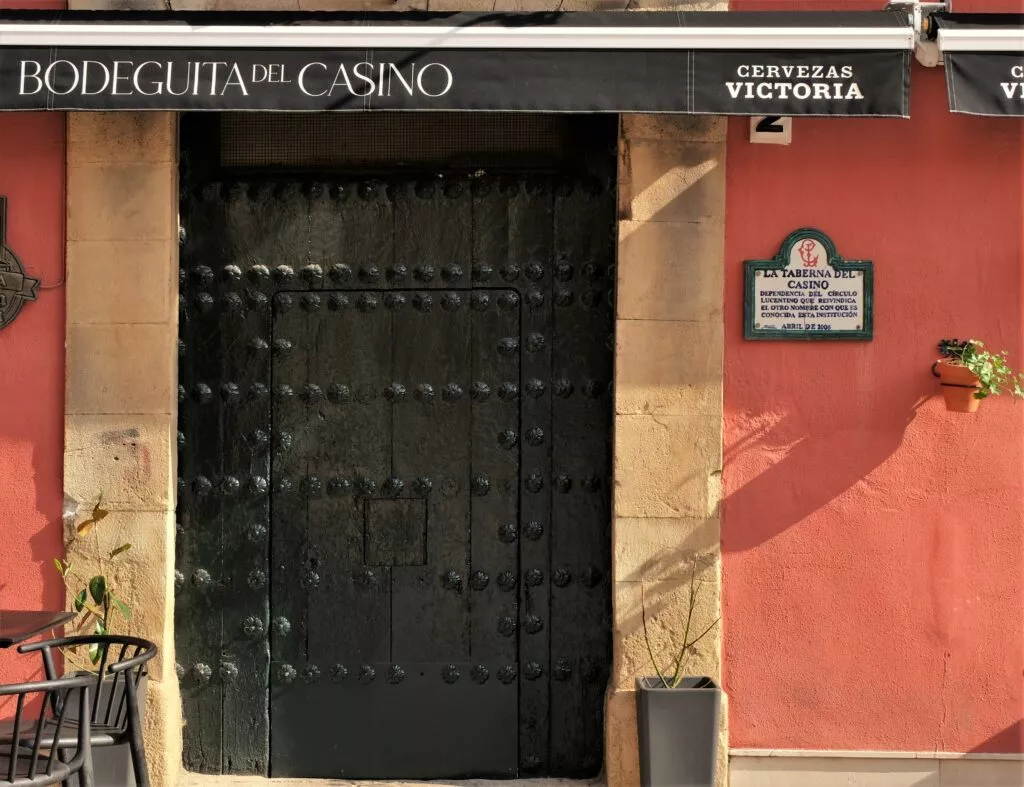
Listen to the ElíHossana choir:
This is a group of singers, all a cappella, who do an absolutely remarkable job covering Renaissance classics, Mozarabic mass songs, as well as classics from the Sephardic song and melody repertoire.
Here’s a link to their website: Coro de Camara Elí Hoshaná , at the bottom of the page you’ll find a few extracts to listen to!
Some songs, such as Arvoles yoran, Rahelica, Puncha Puncha and Komo la Roza, are sung in Ladino (a Judeo-Spanish language).
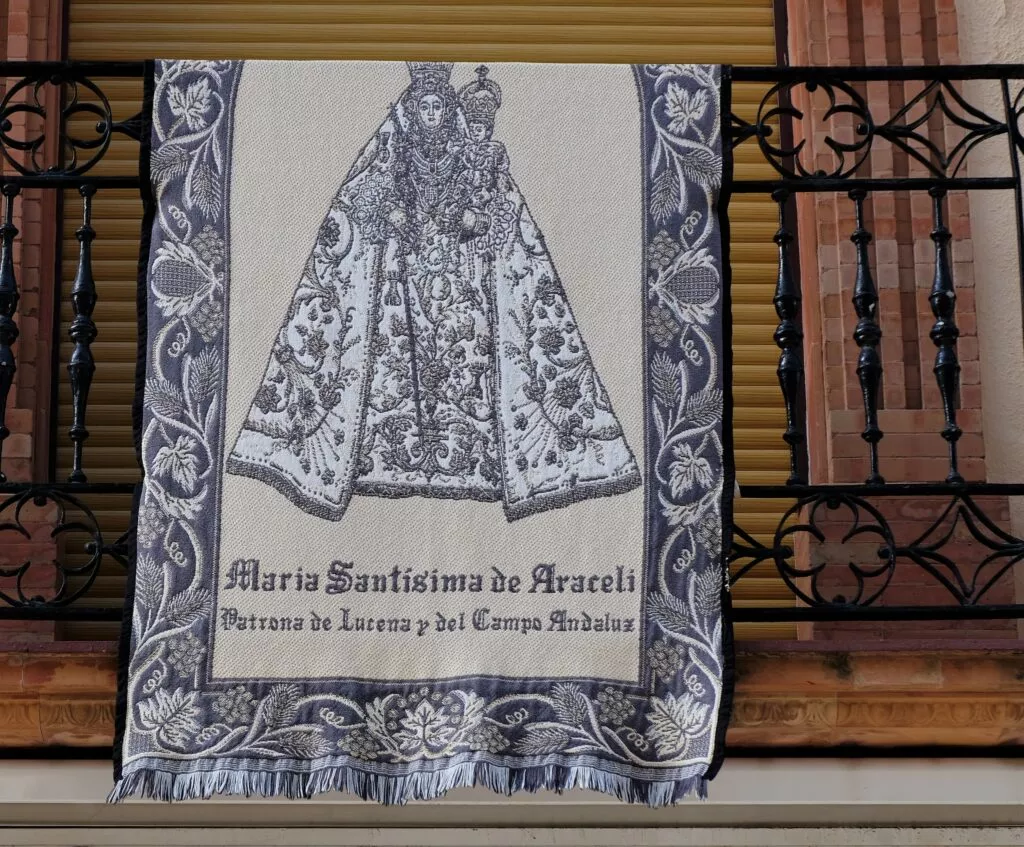
What to do in the surroundings
Below are a number of ideas for activities and visits, categorised by theme. You can book them online today.
Bonus: all activities can be cancelled up to 24 hours before the scheduled date:
Lucena Fairs
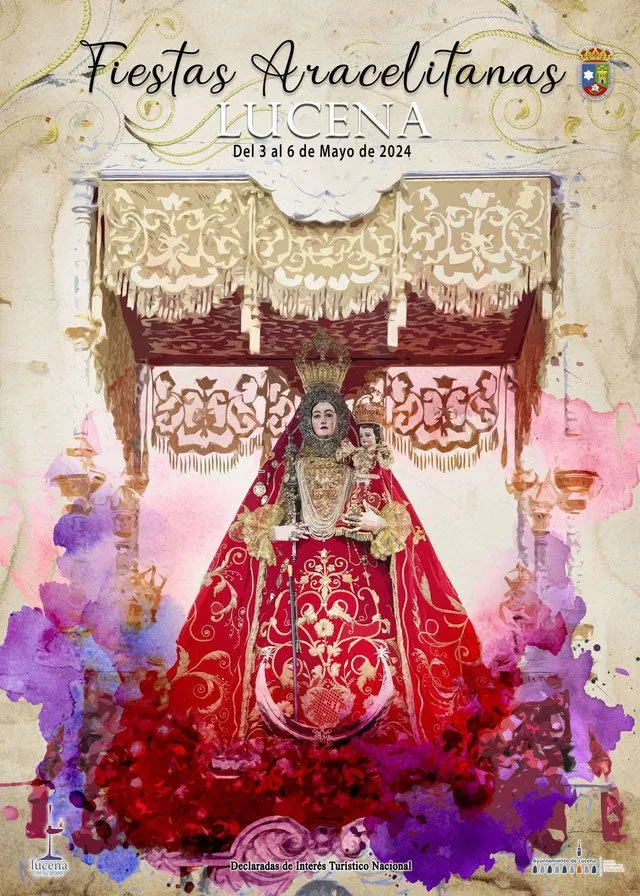
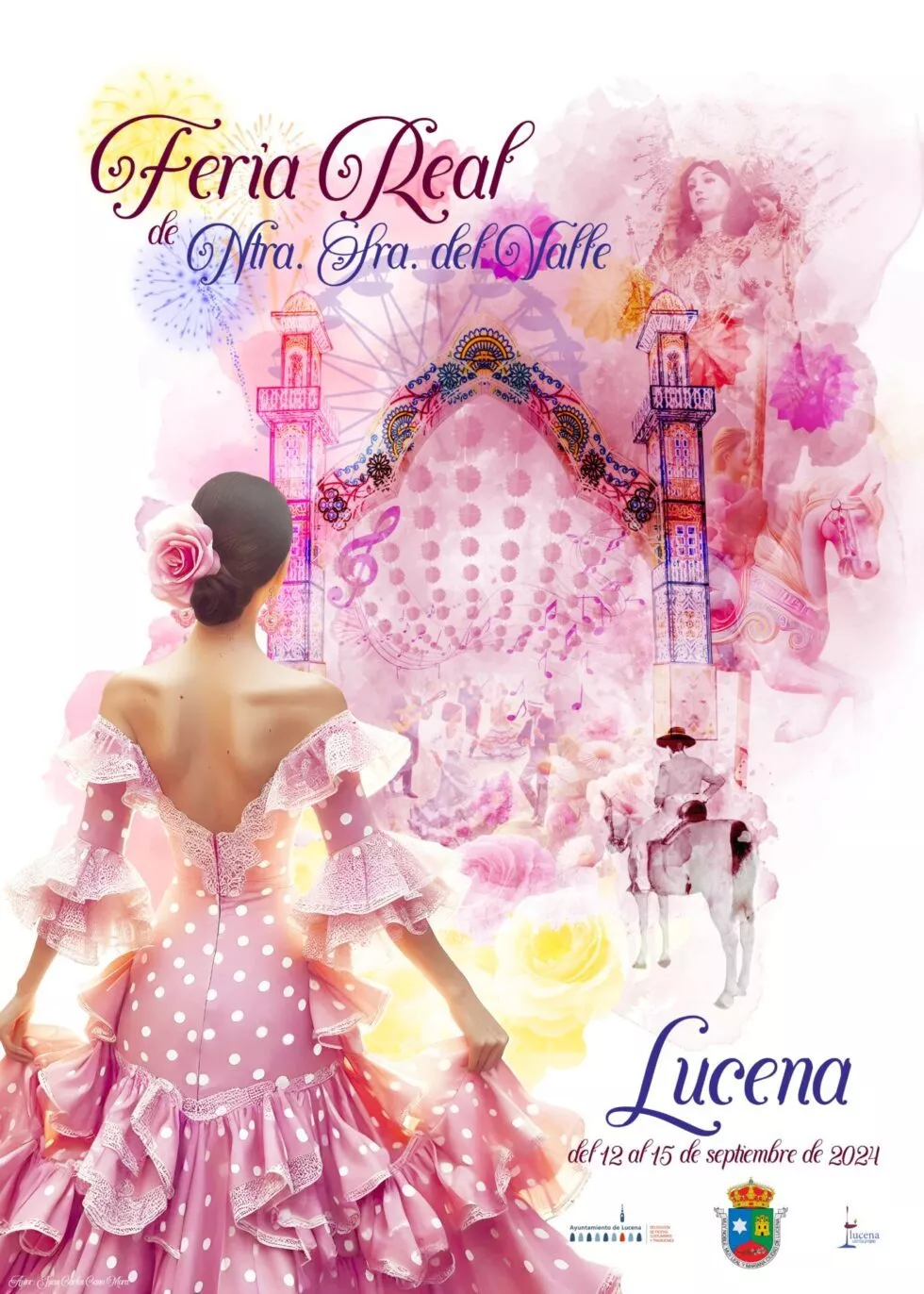
Book accommodation in Lucena
There’s a magnificent hotel right in the centre of Lucena, on a beautiful street called Calle Canalejas :
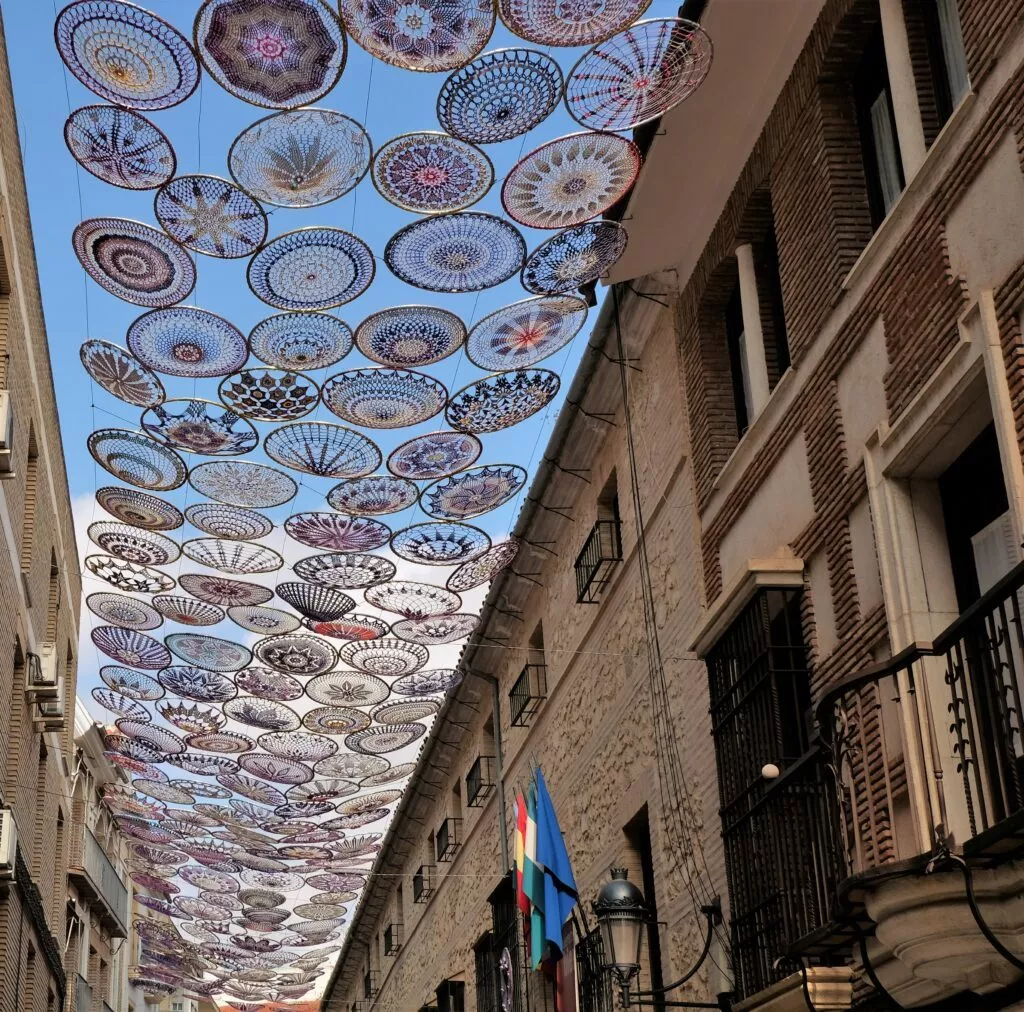
It’s the Hotel Santo Domingo, housed in a former convent!
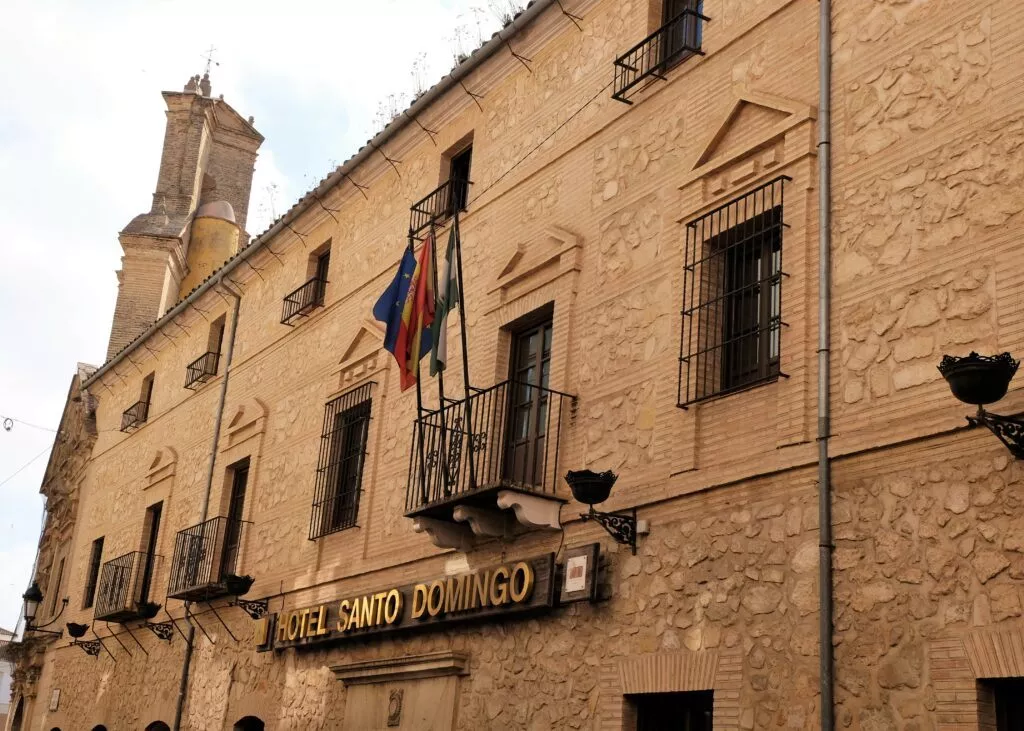
Here’s the link to the Hotel Santo Domingo to find out more and/or book.
Below, you’ll find direct access to the accommodation available in Lucena, once you’ve selected your dates:
Some useful links (car hire, other ideas for visits)
Easy and economical bookings
If you are in Andalucia as part of a tour with several major cities to visit, here are some links that may interest you:
Seville
Seville, the capital of Andalucia, is a city full of treasures to discover and monuments to visit.
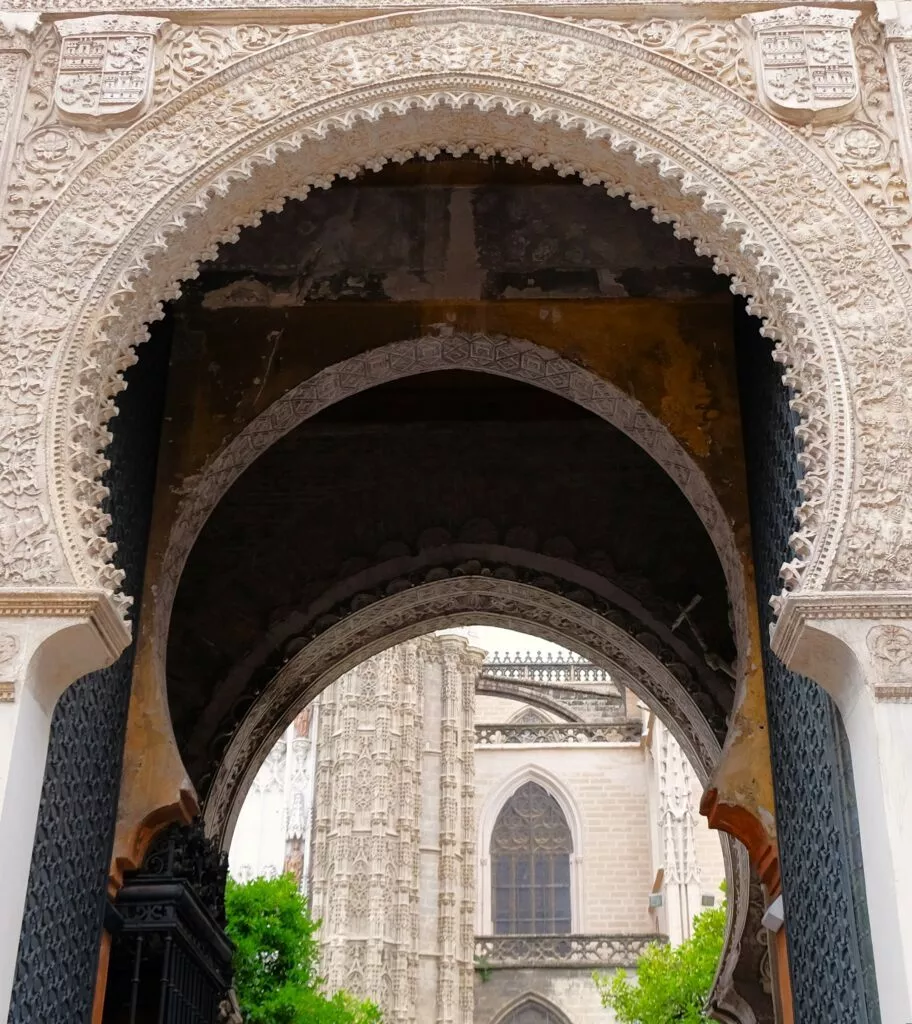
Here you will find everything you can see in Seville in 3 days. And for those who will stay longer you will also find information on secret Seville and the Santa Cruz and Triana districts.
Cadiz
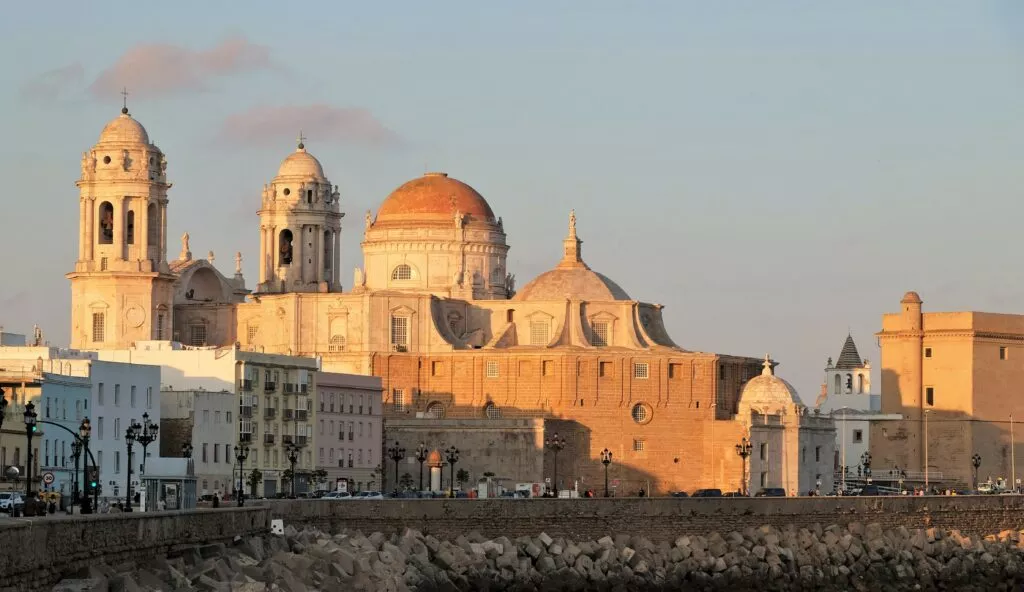
Visit Cadiz, a city with an incredible past and great beauty, on the Costa del la Luz.
Malaga
When you reach the Costa del Sol you will find in this link all must-sees in Malaga :
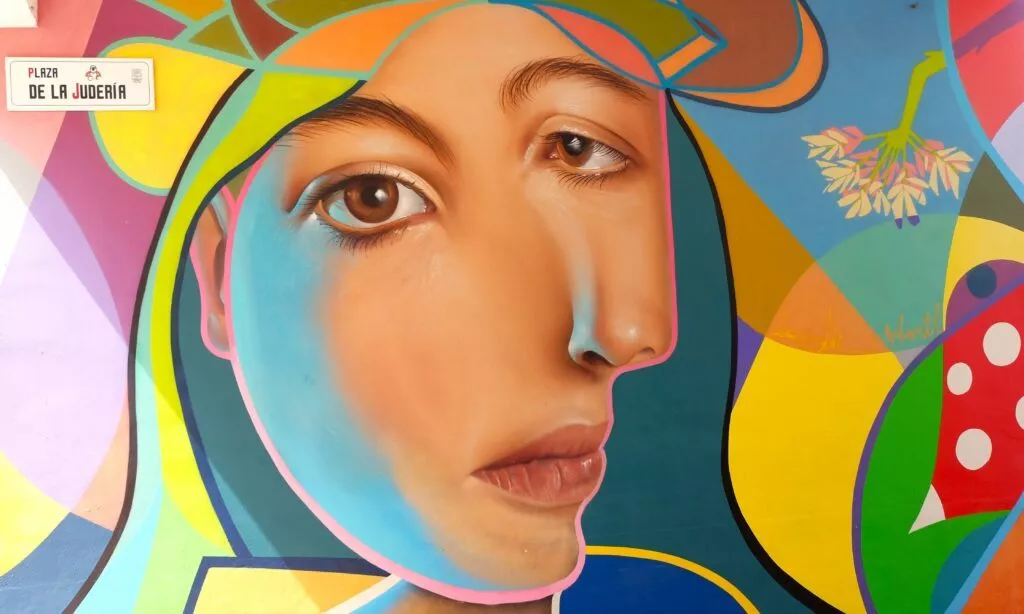
Granada
Discover what to see in Granada, and visit the Albaicin and Sacromonte districts:
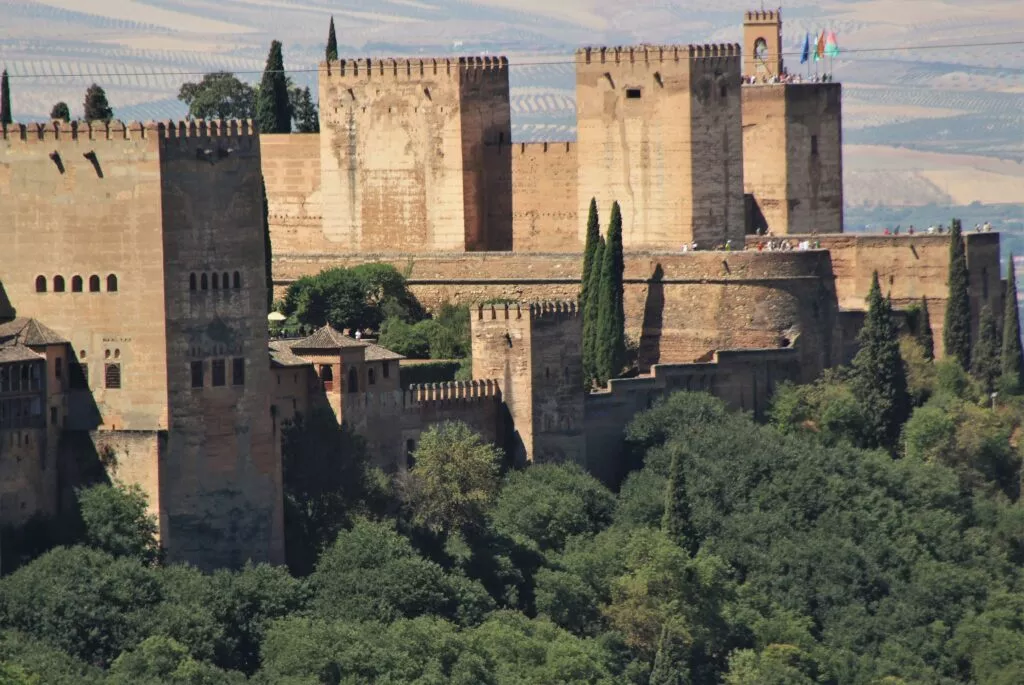
Cordoba
And of course, visit Cordoba, the caliphate city, and the Juderia district
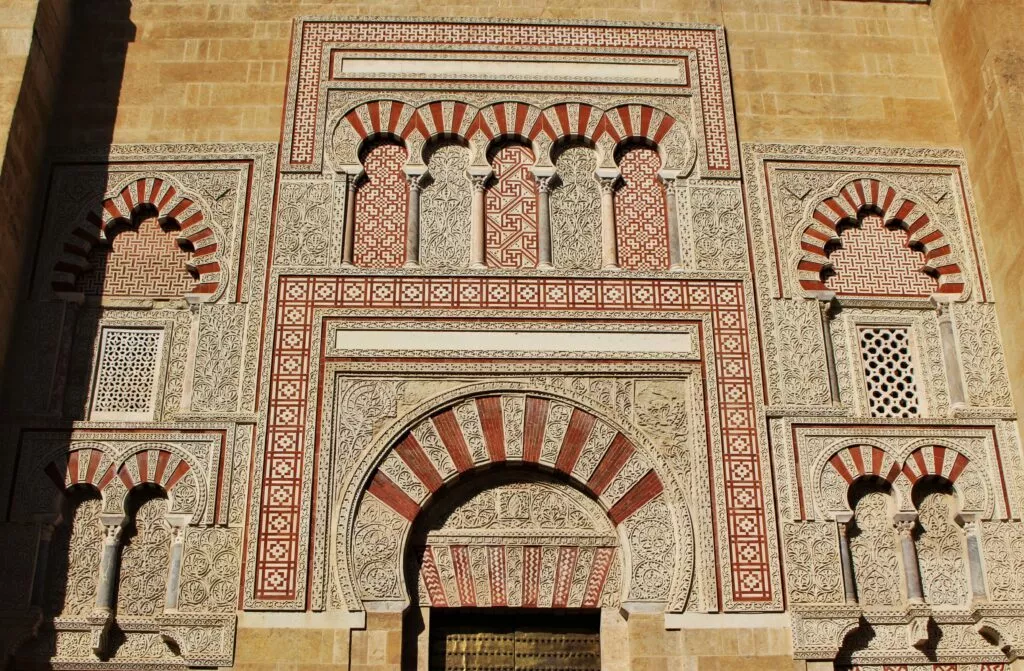
In the following link you will find other beautiful sites to discover, see the blog articles about Andalucia.
Here is the link to receive our newsletter from the blog andaluciamia.com
I’d like to end this article with a sentence in Ladino that I’d like to say to everyone: Bivas, kreskas, engrandeskas, komo un peshiko en aguas freskas! ¡Amén!
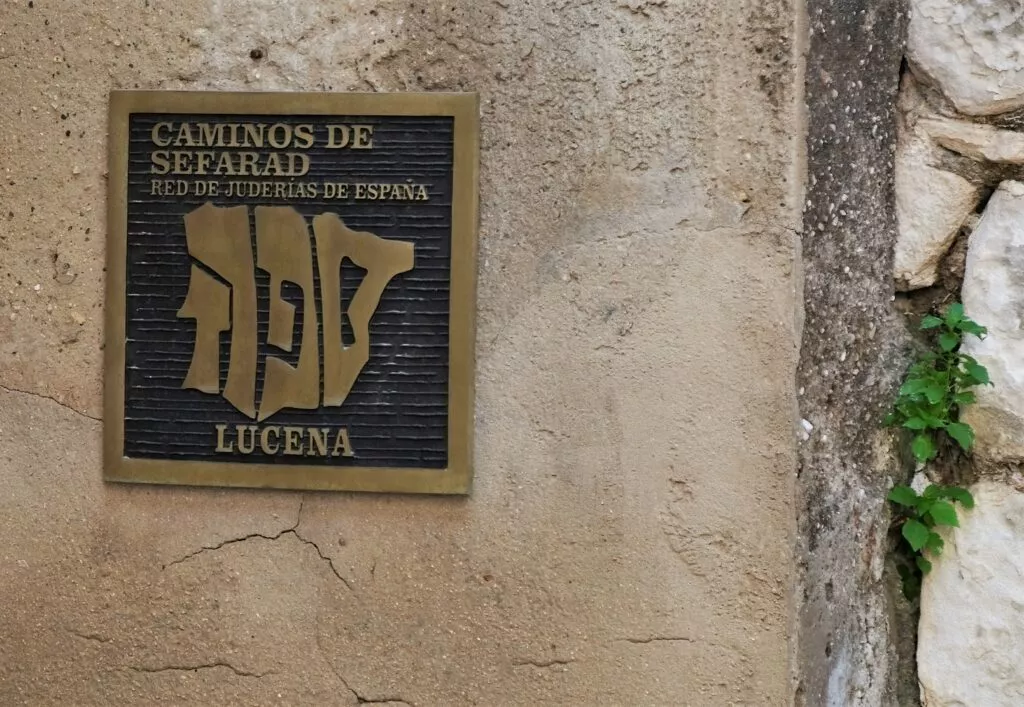
The latest articles on Andalucia
-
Interactive map of Andalucia with best places to see
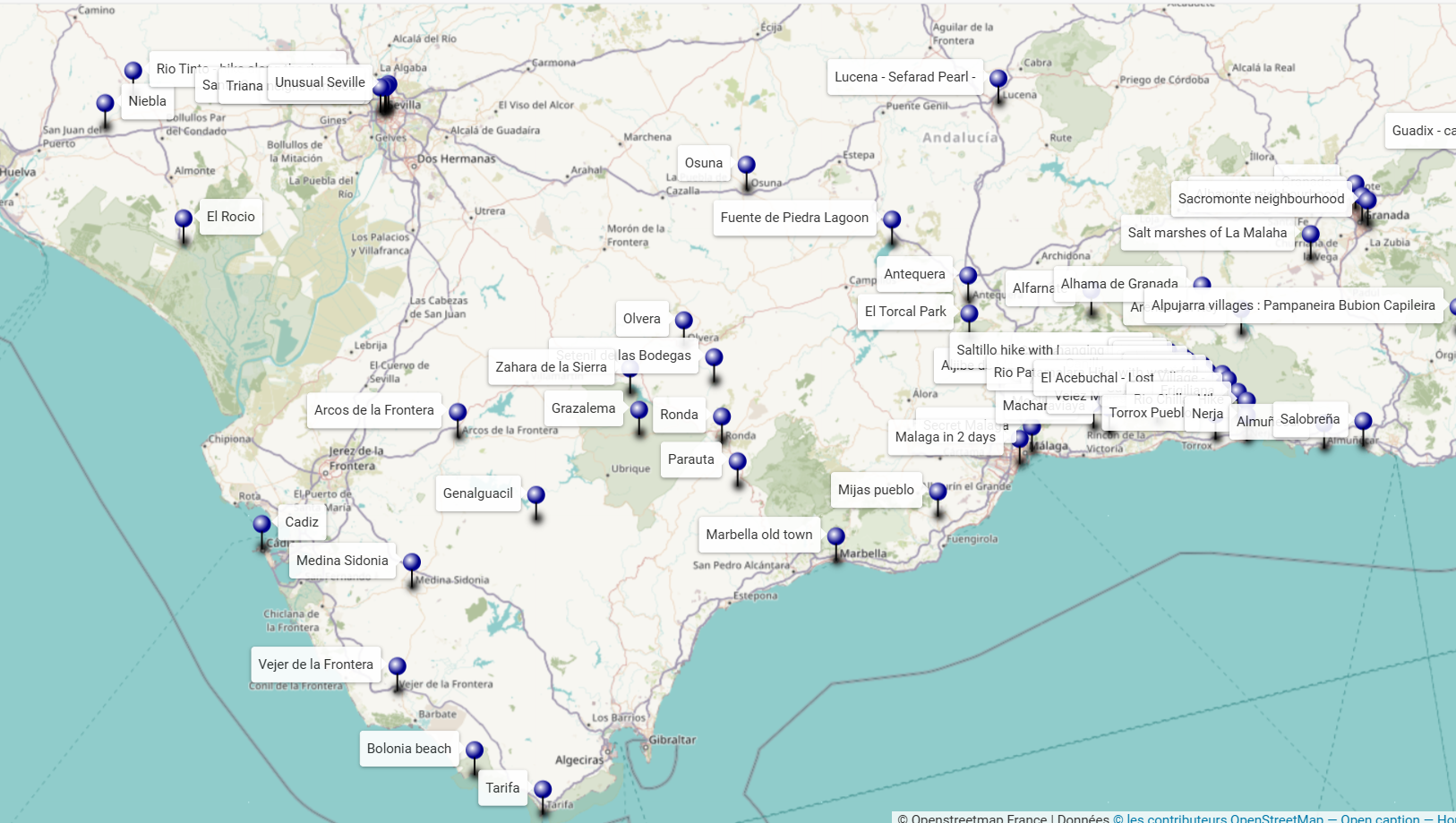
An interactive map of Andalucia to discover the sites to see around your holiday destination or to prepare a tour or road-trip.
-
What to see in Parauta and its enchanted forest ?
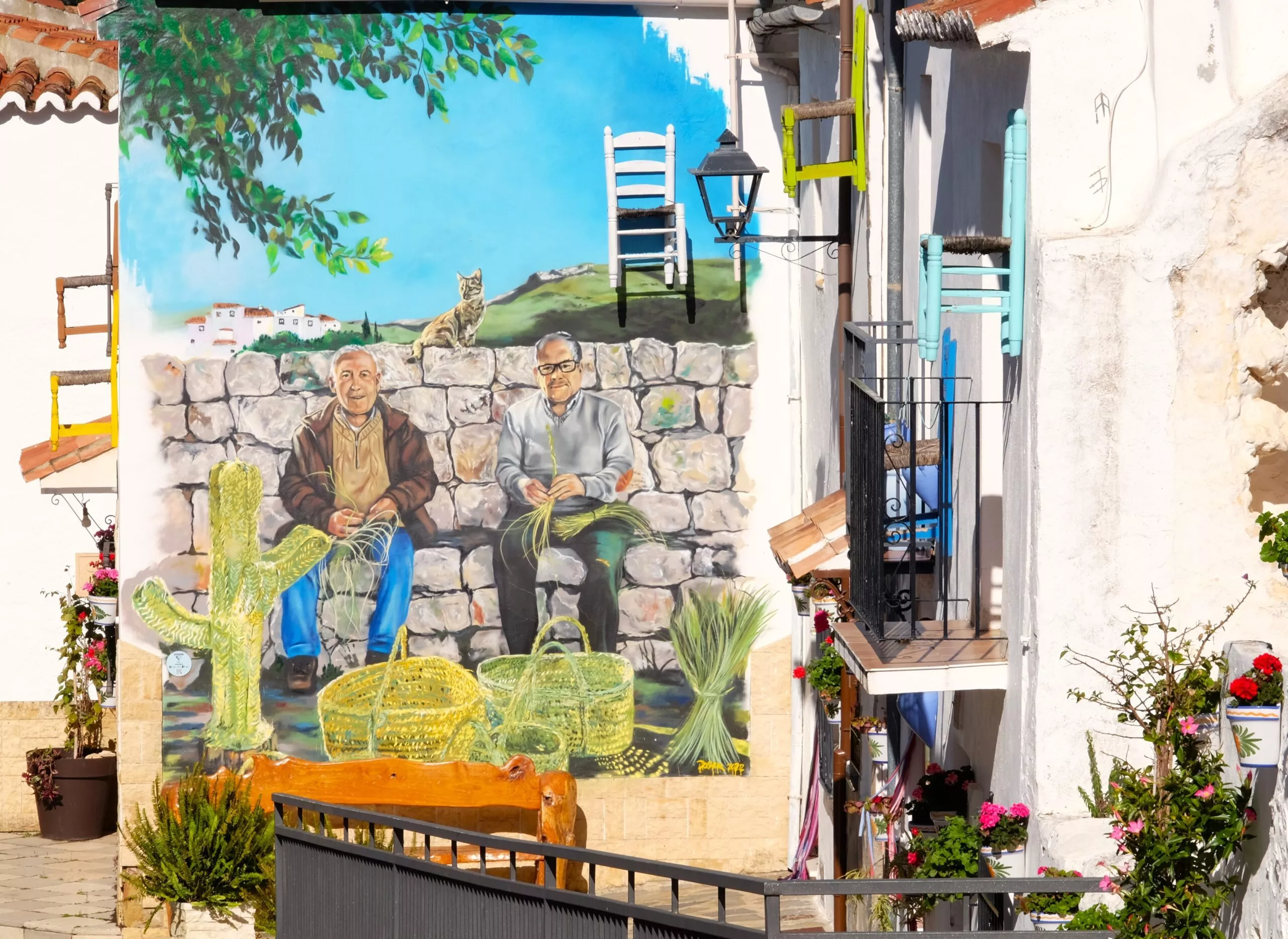
All the essential things to see in the wonderful village of Parauta and also in its very curious enchanted forest, el bosque encantado.
-
Genalguacil – what to see in the Vizier’s beautiful gardens
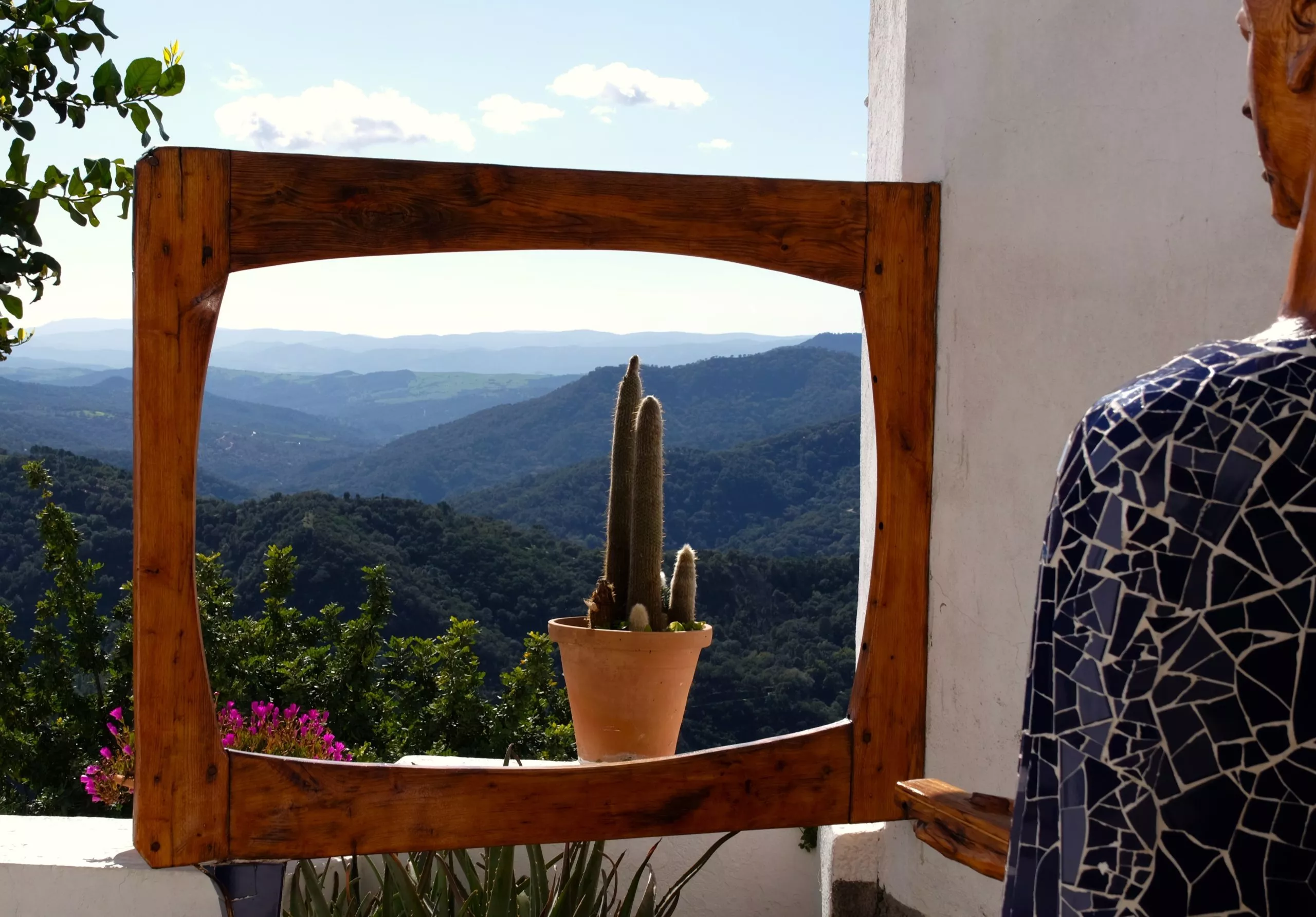
Here are all the essentials to see in the incredible village-museum of Genalguacil. This is an opportunity to discover the Genal Valley.
